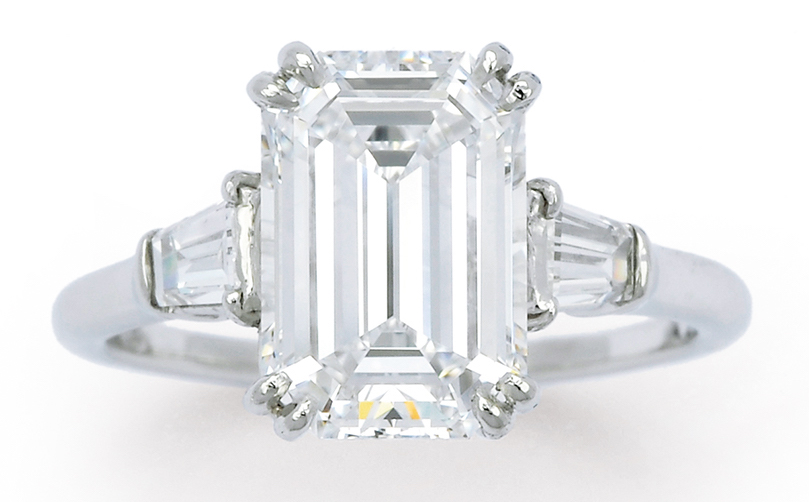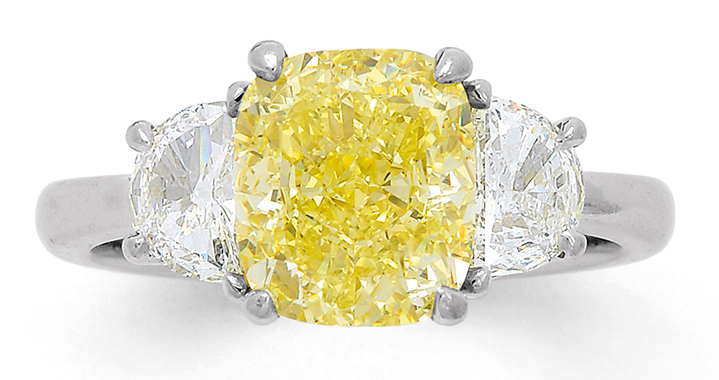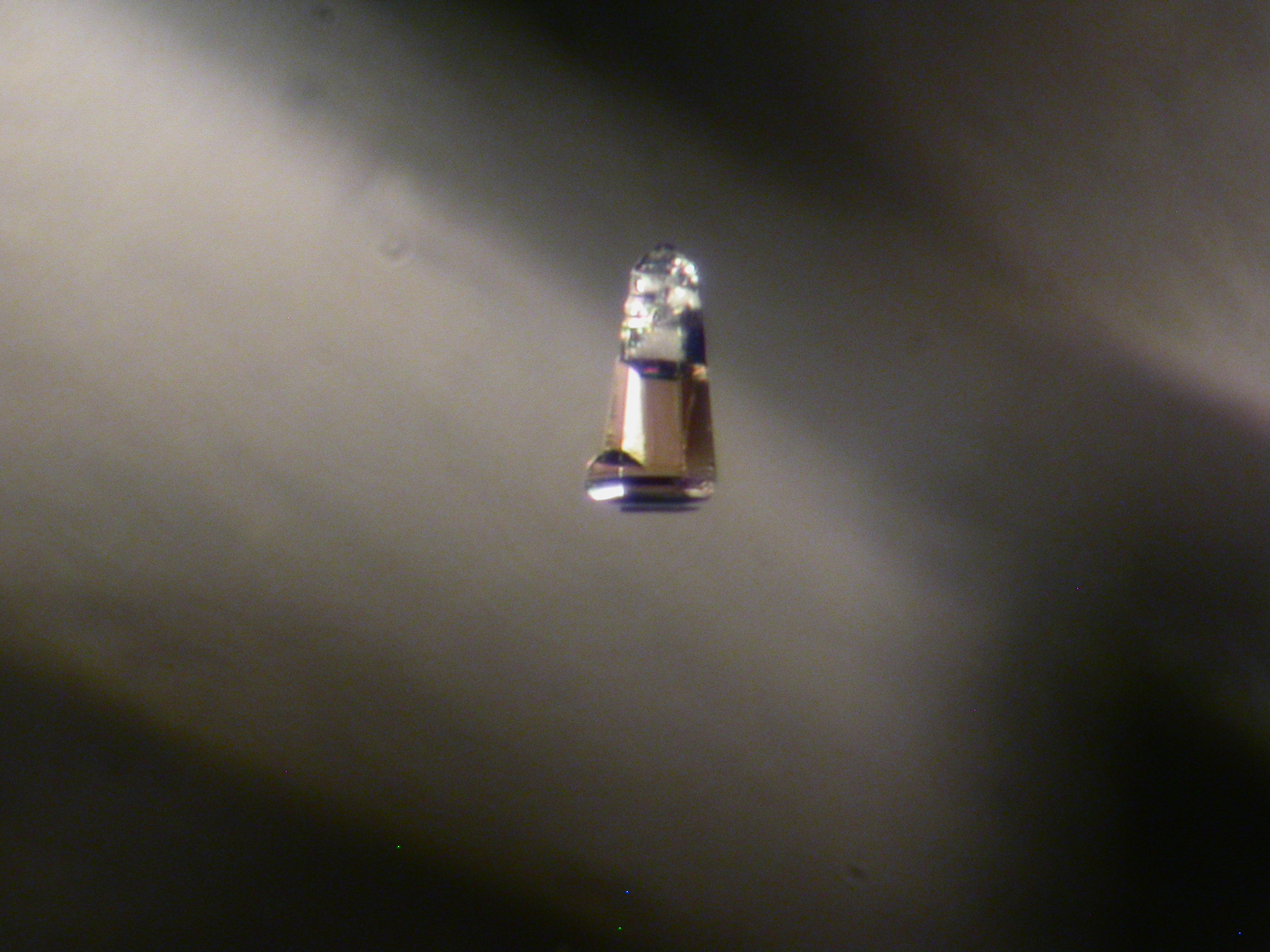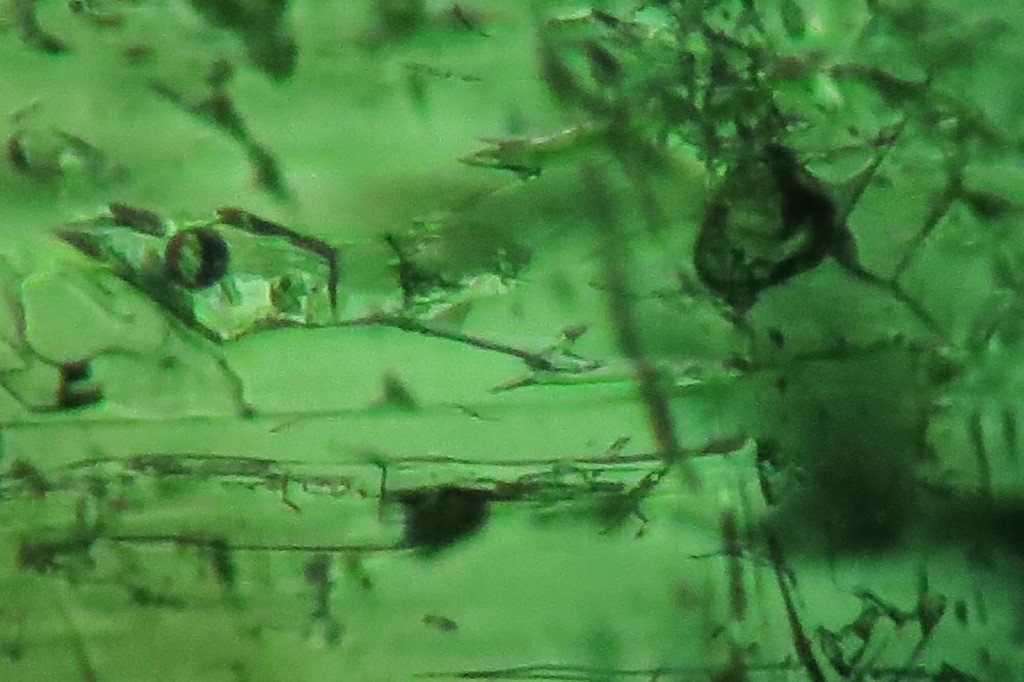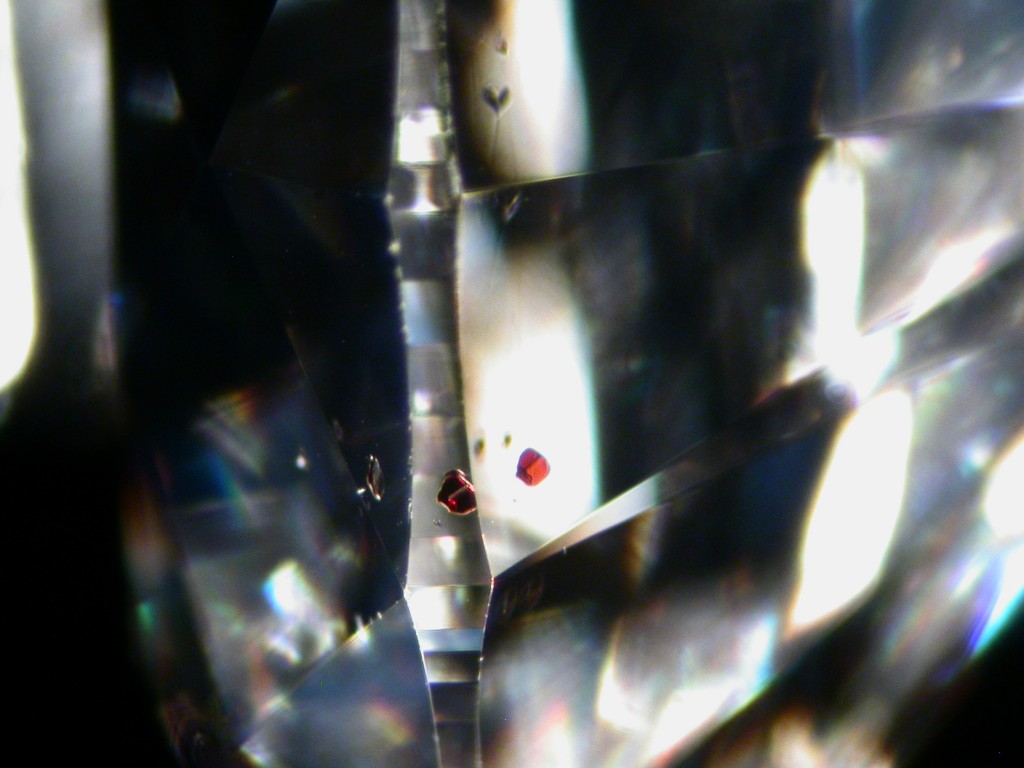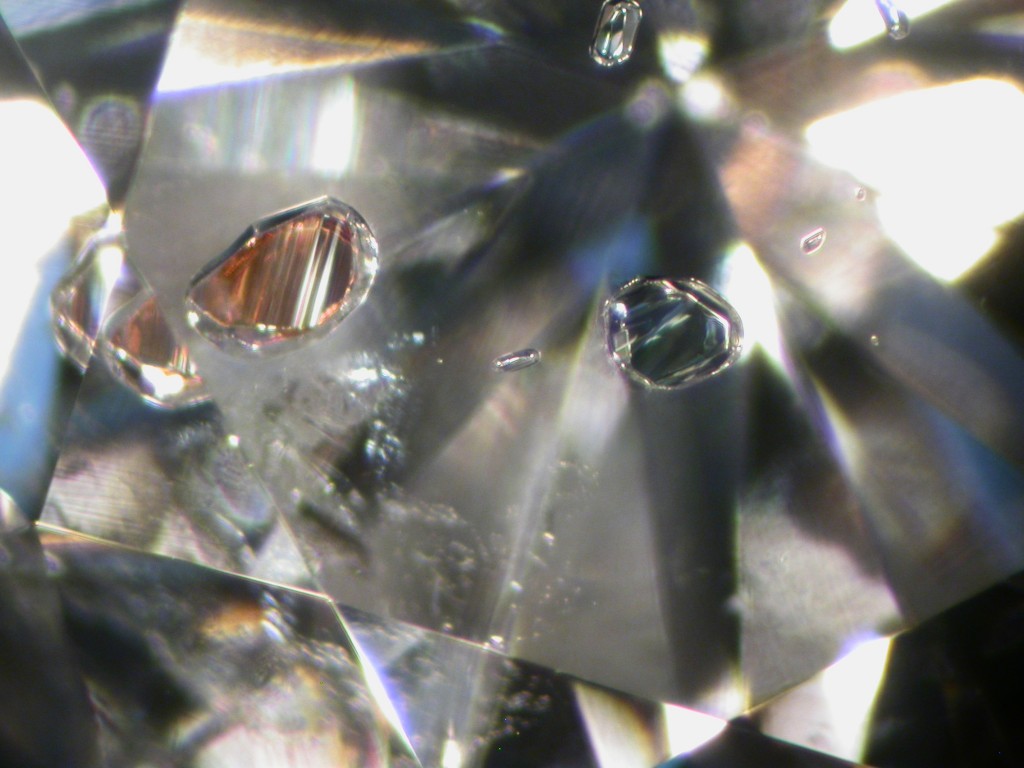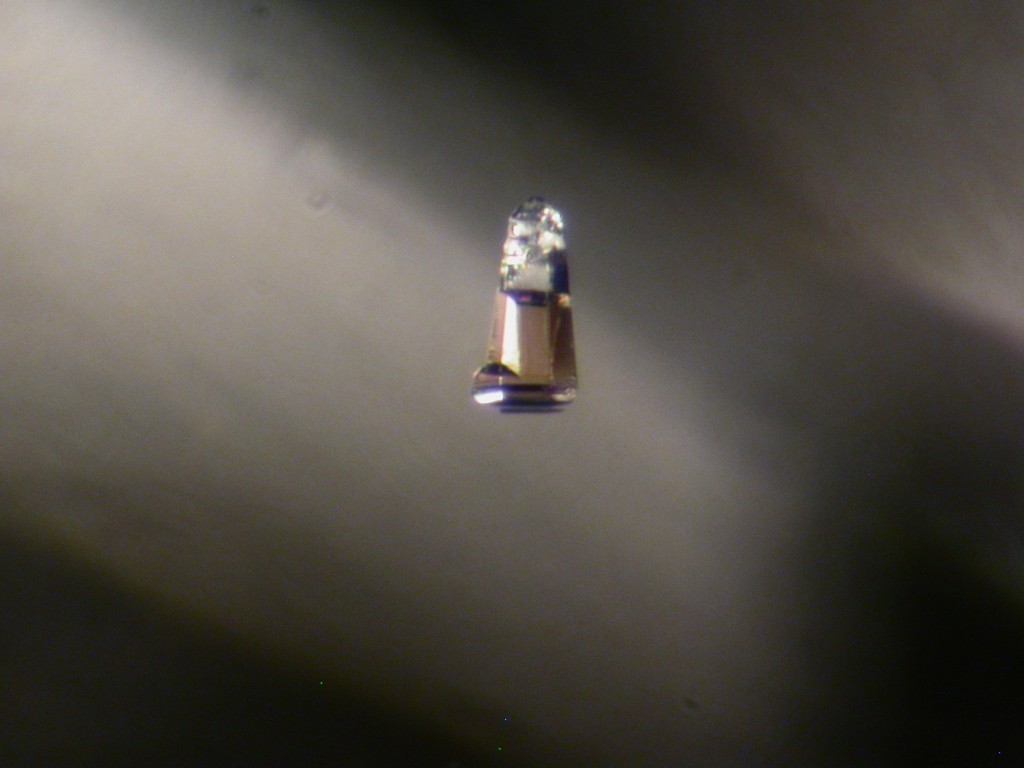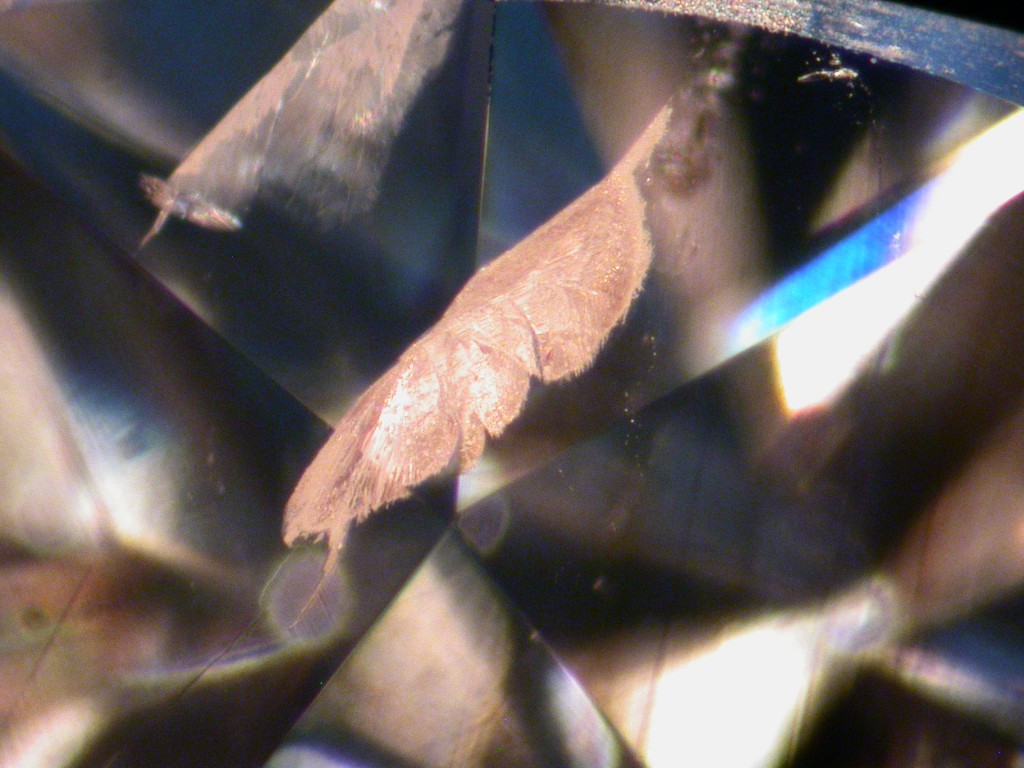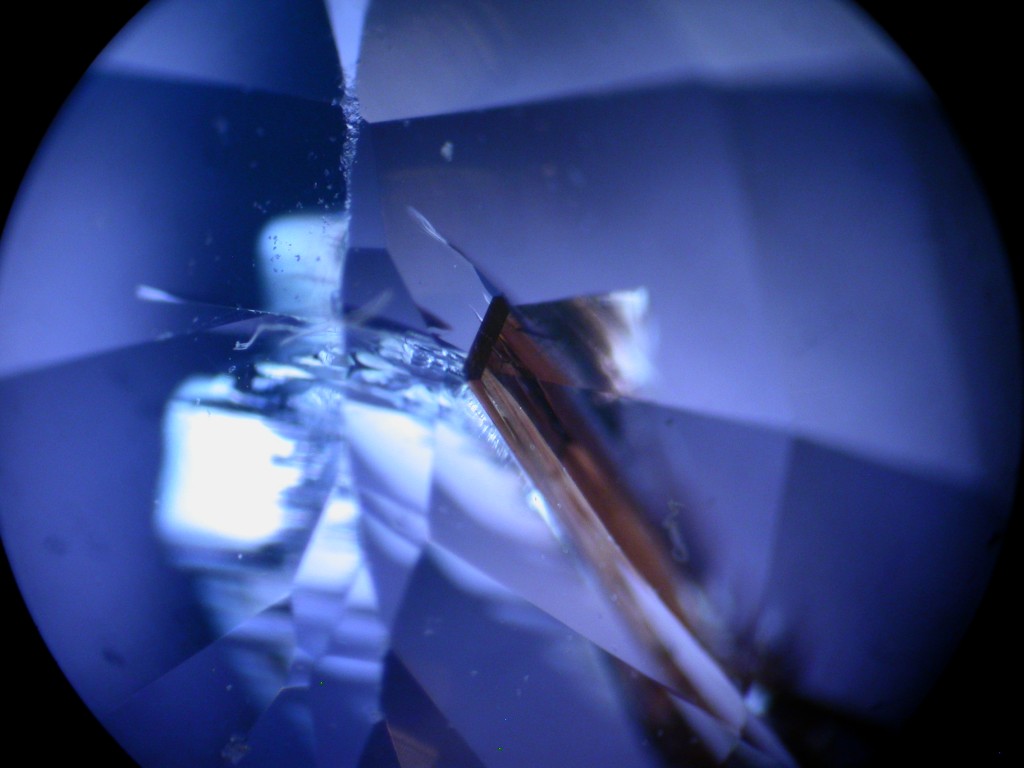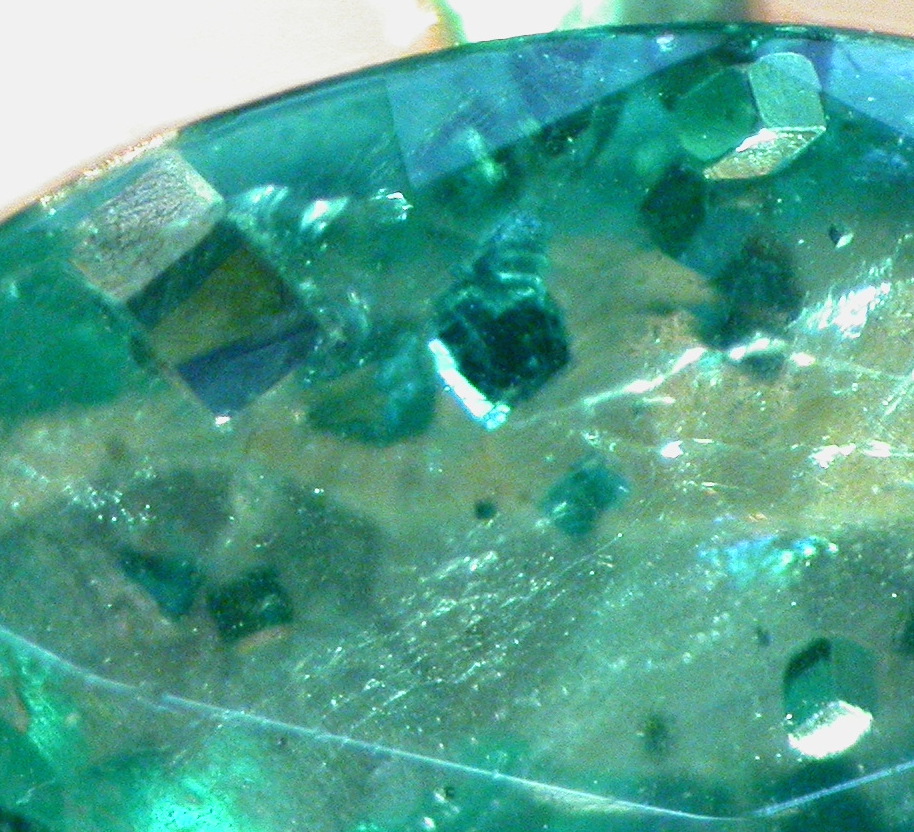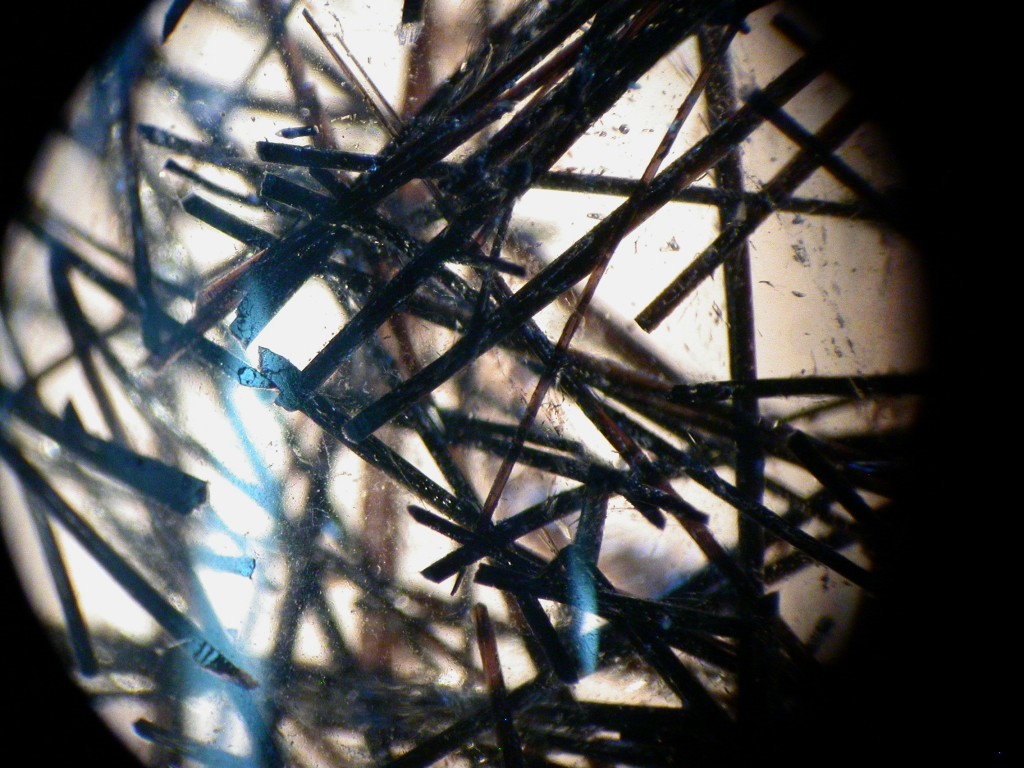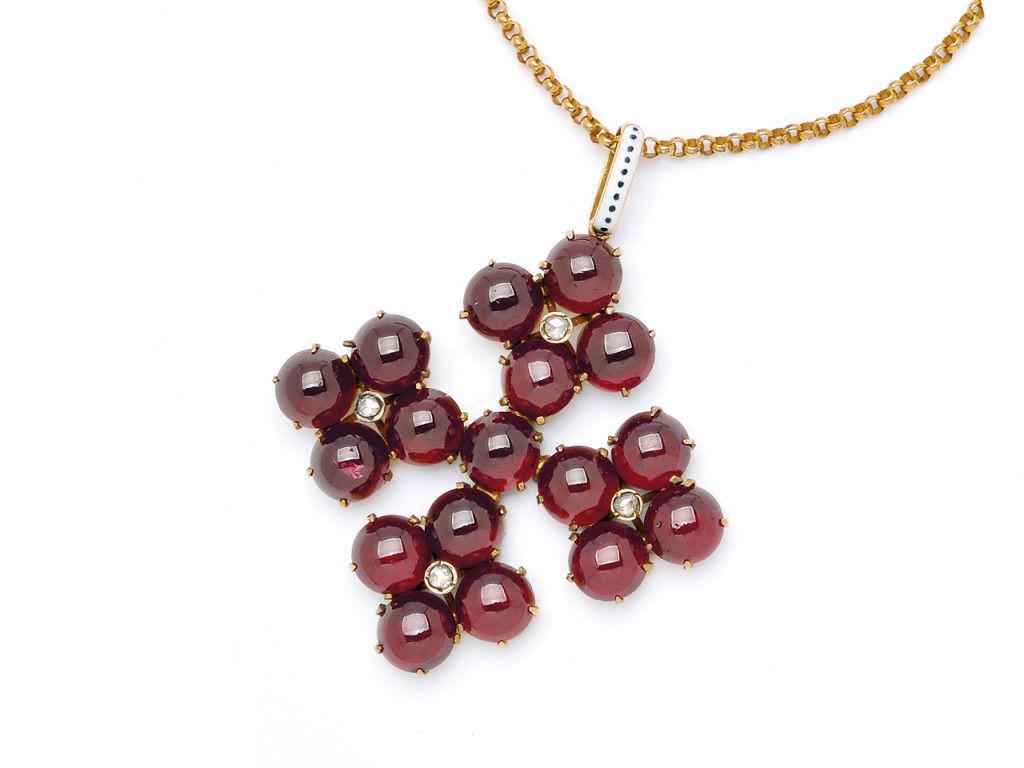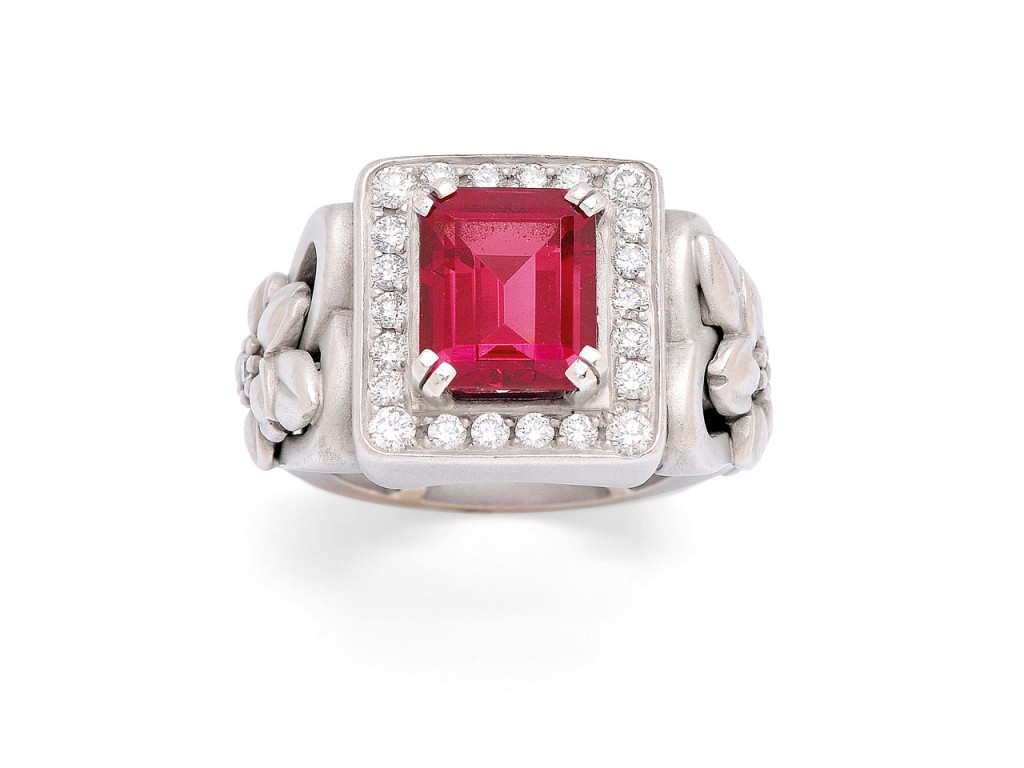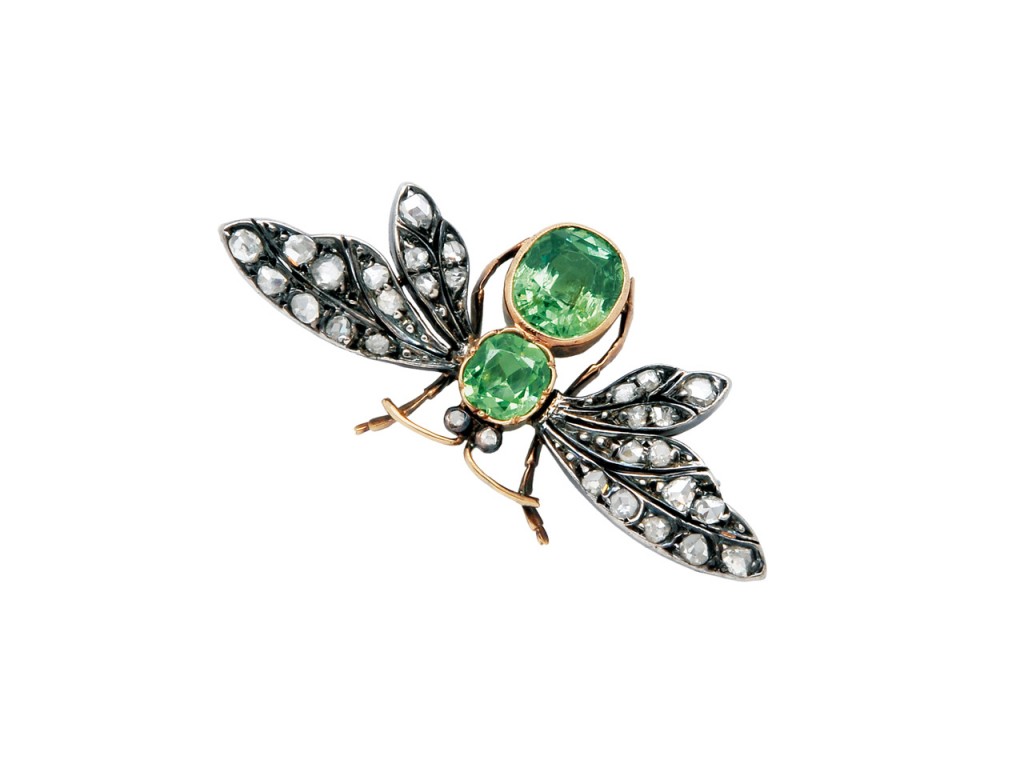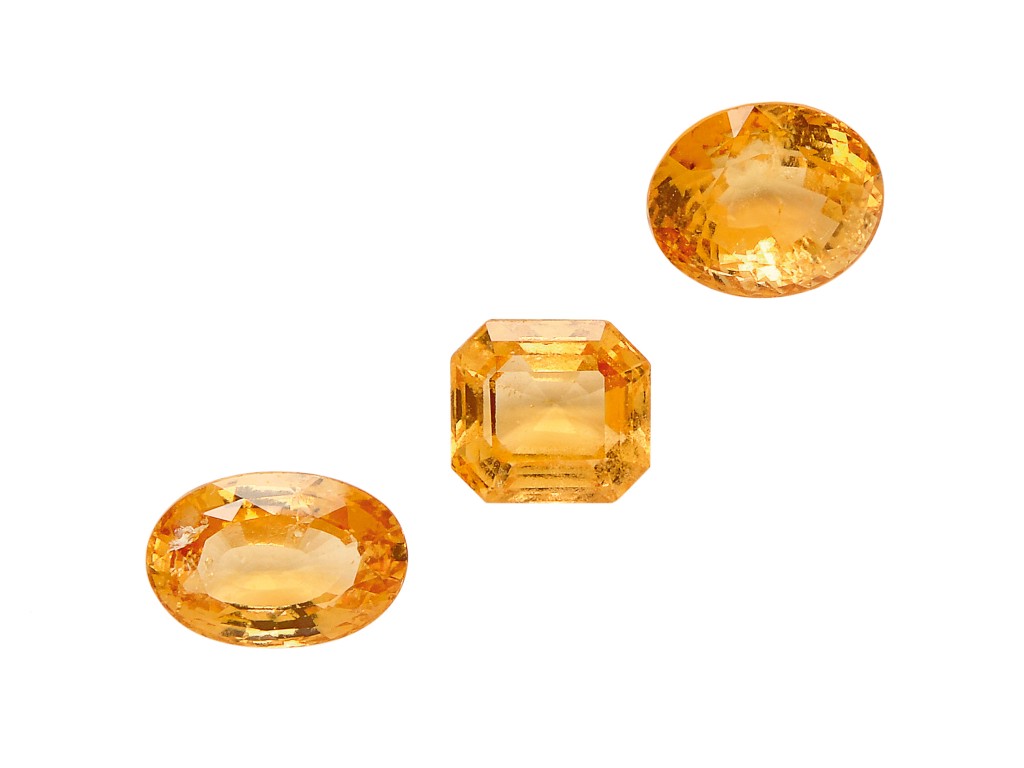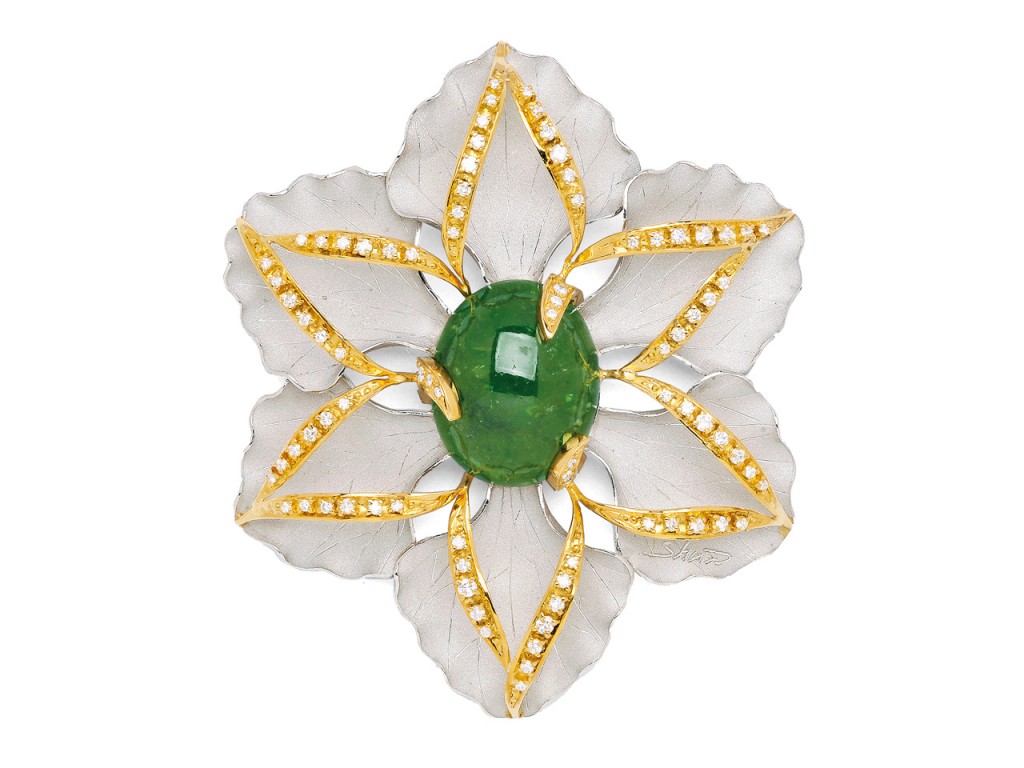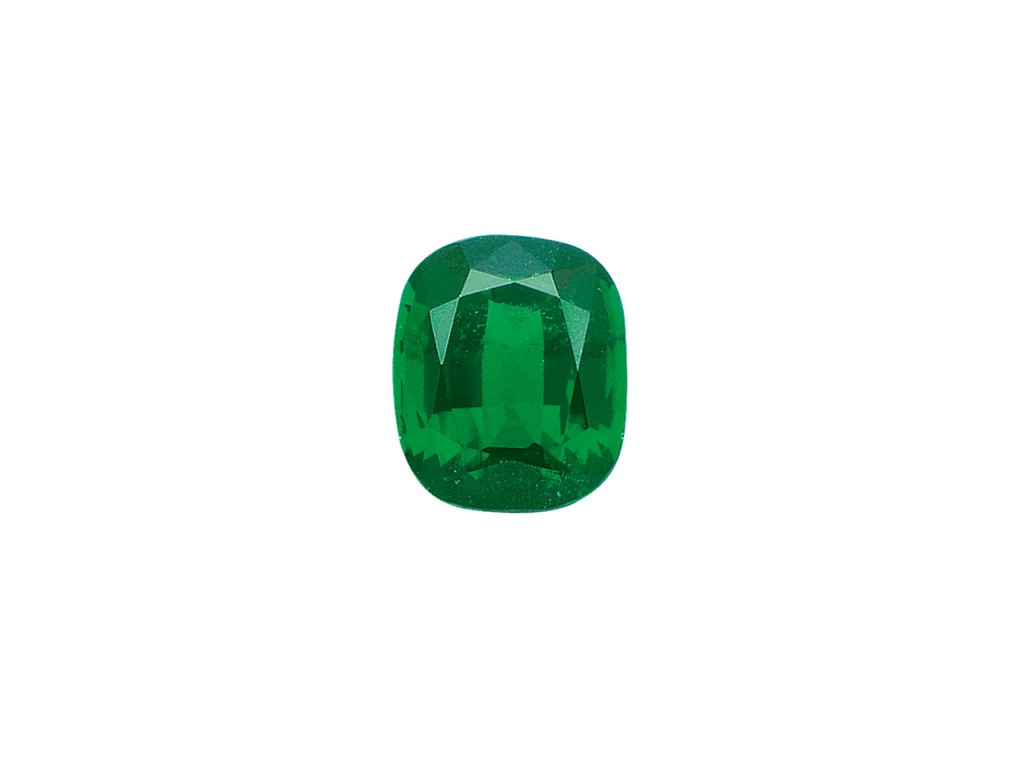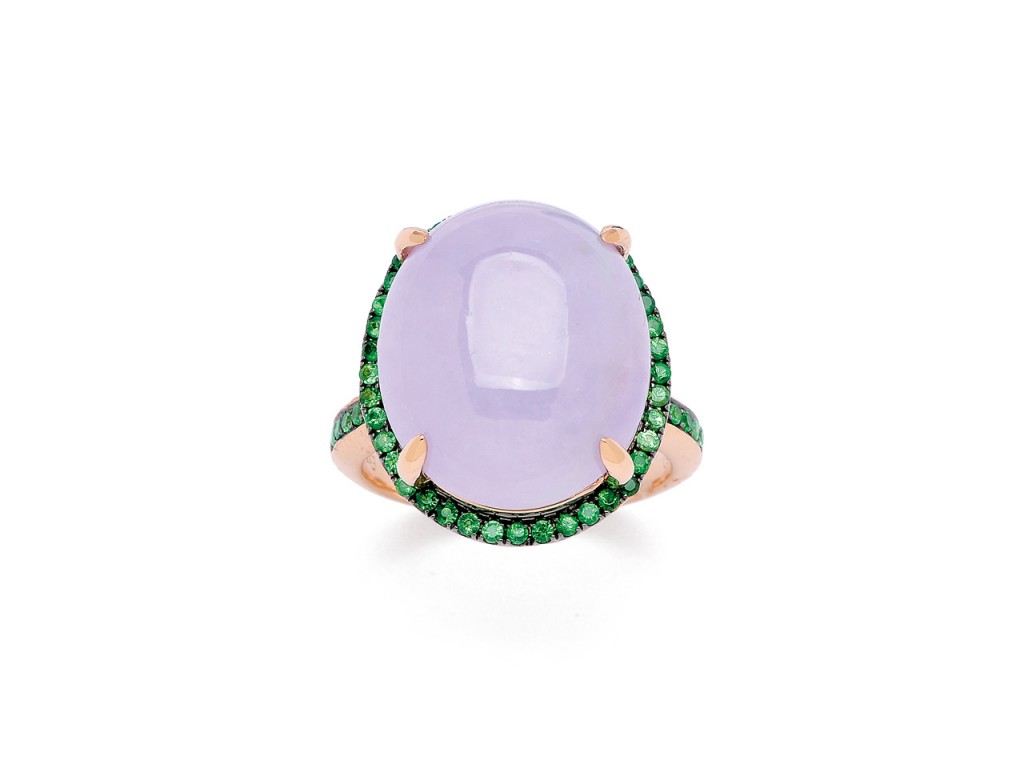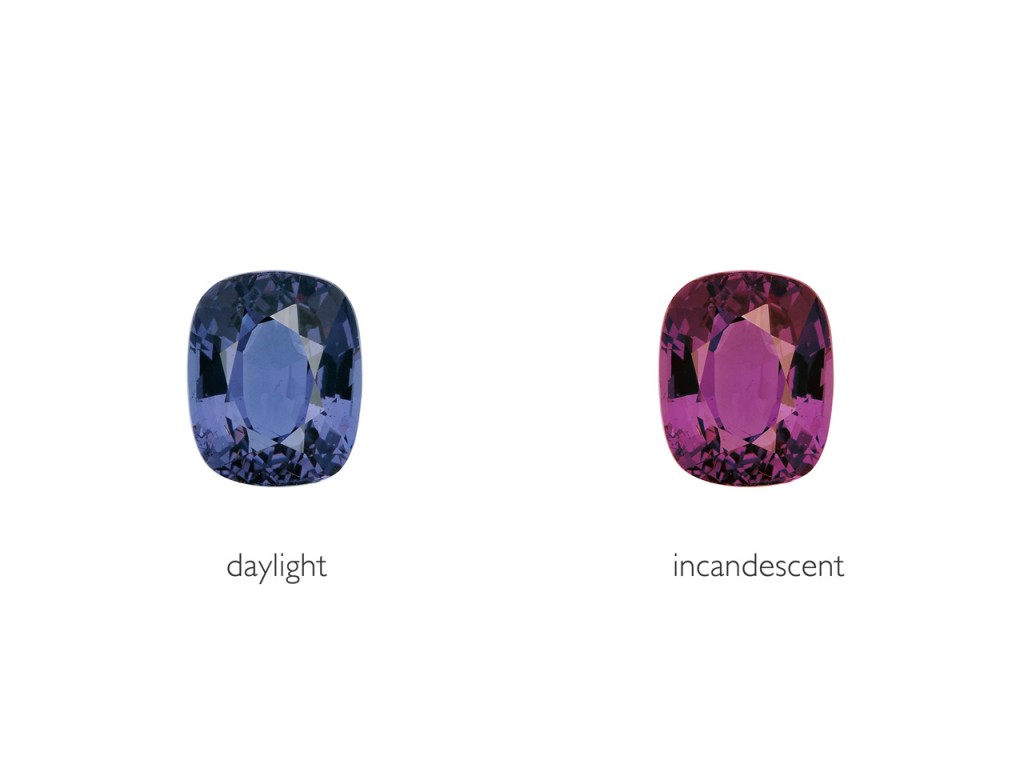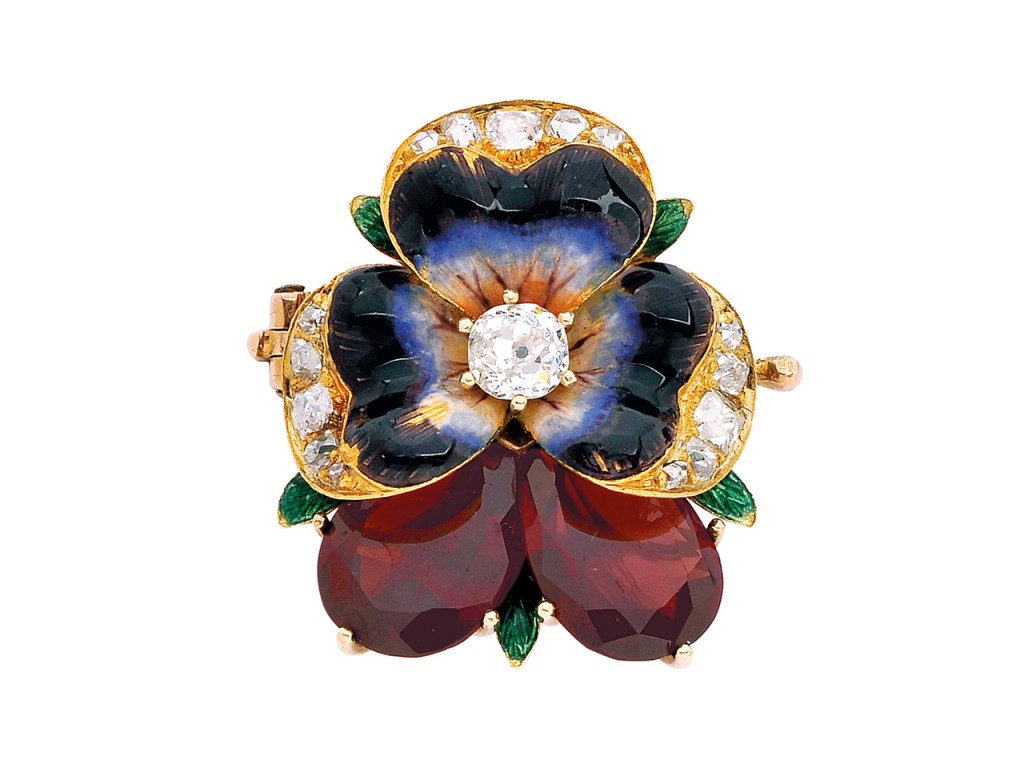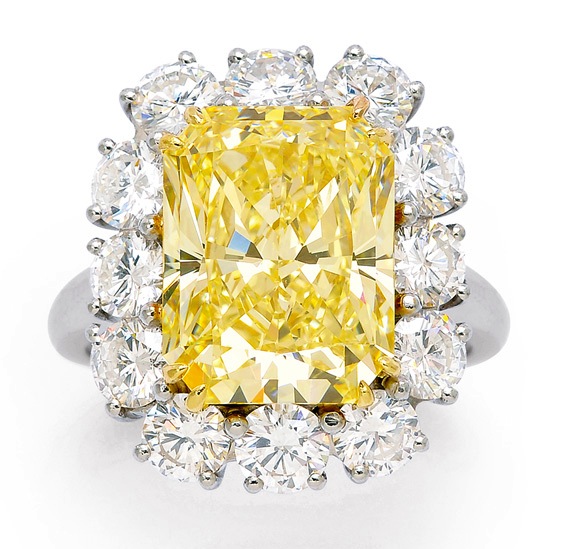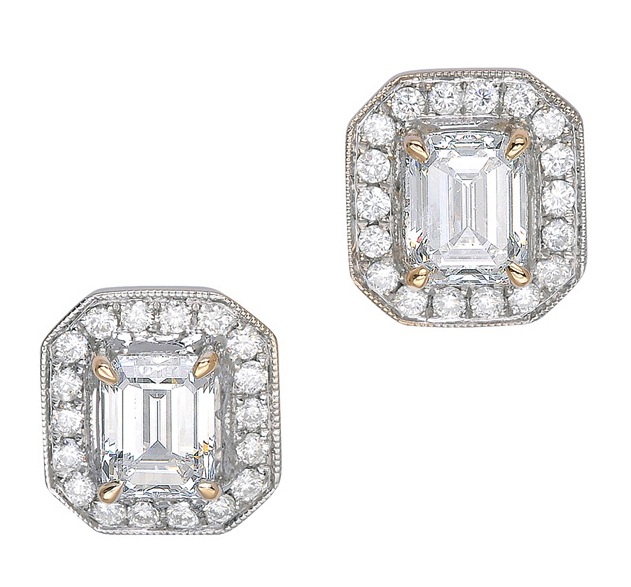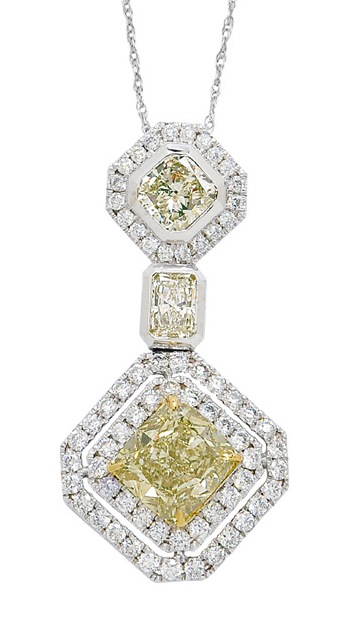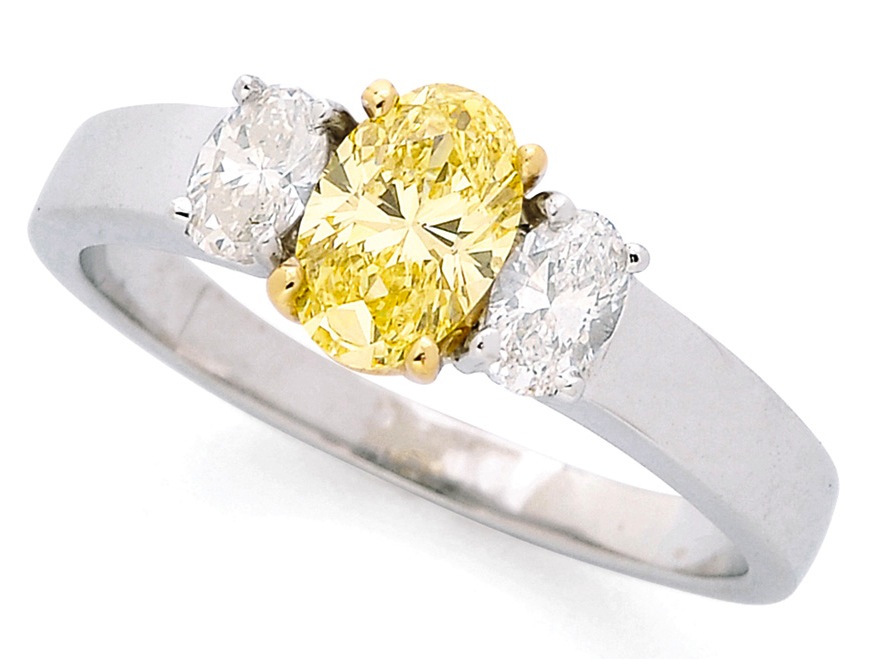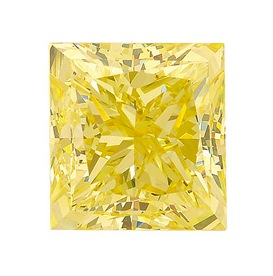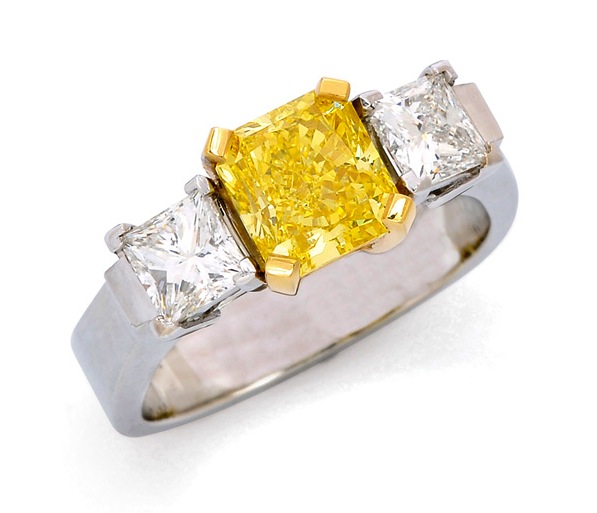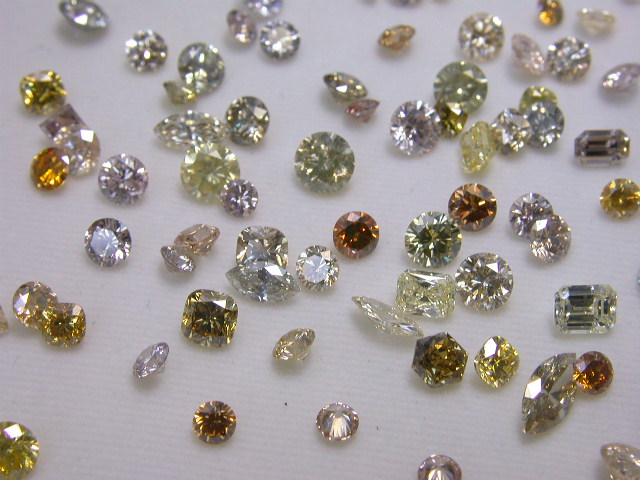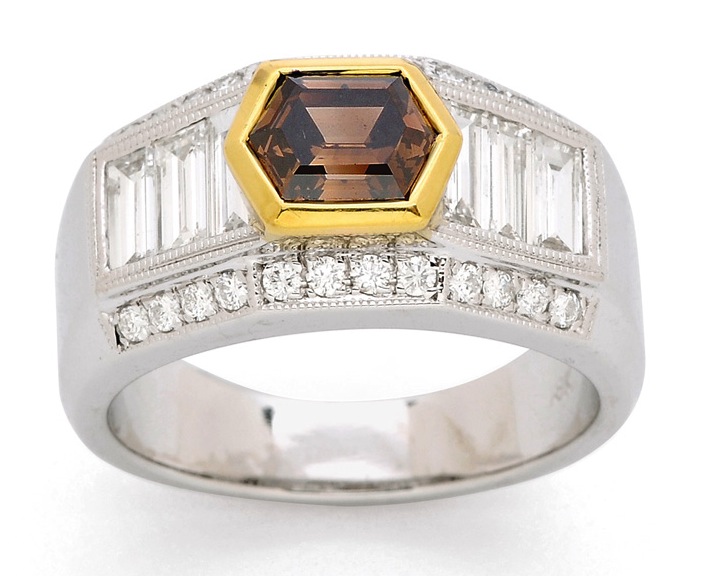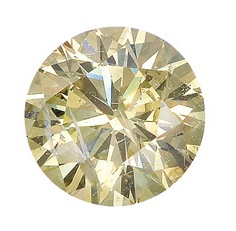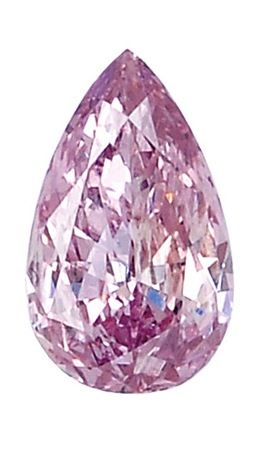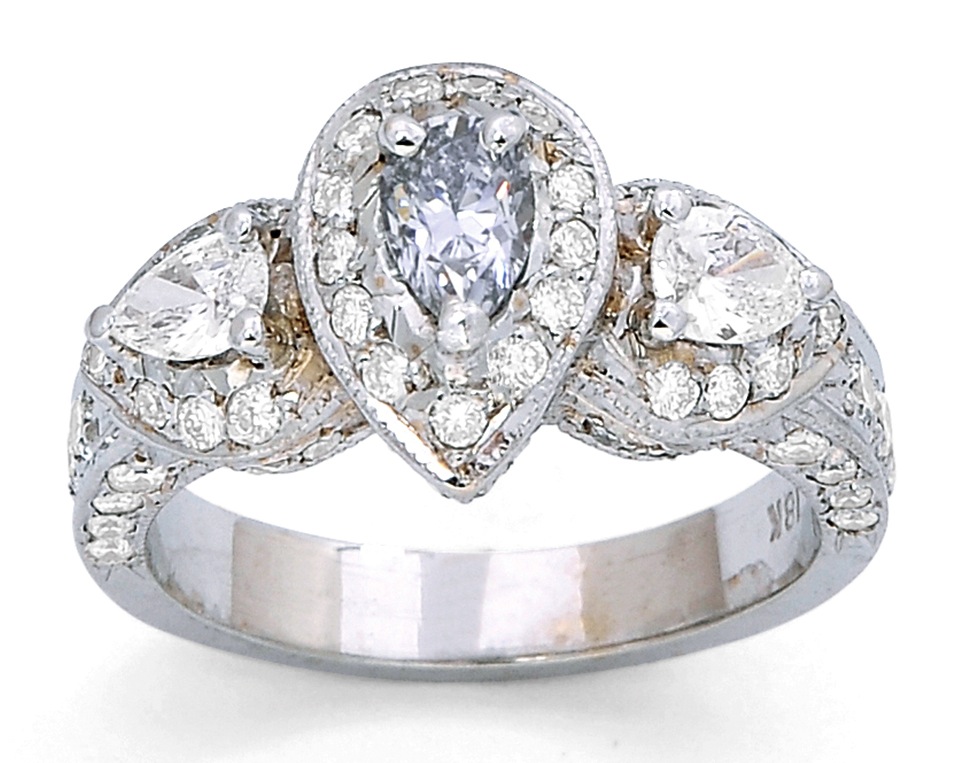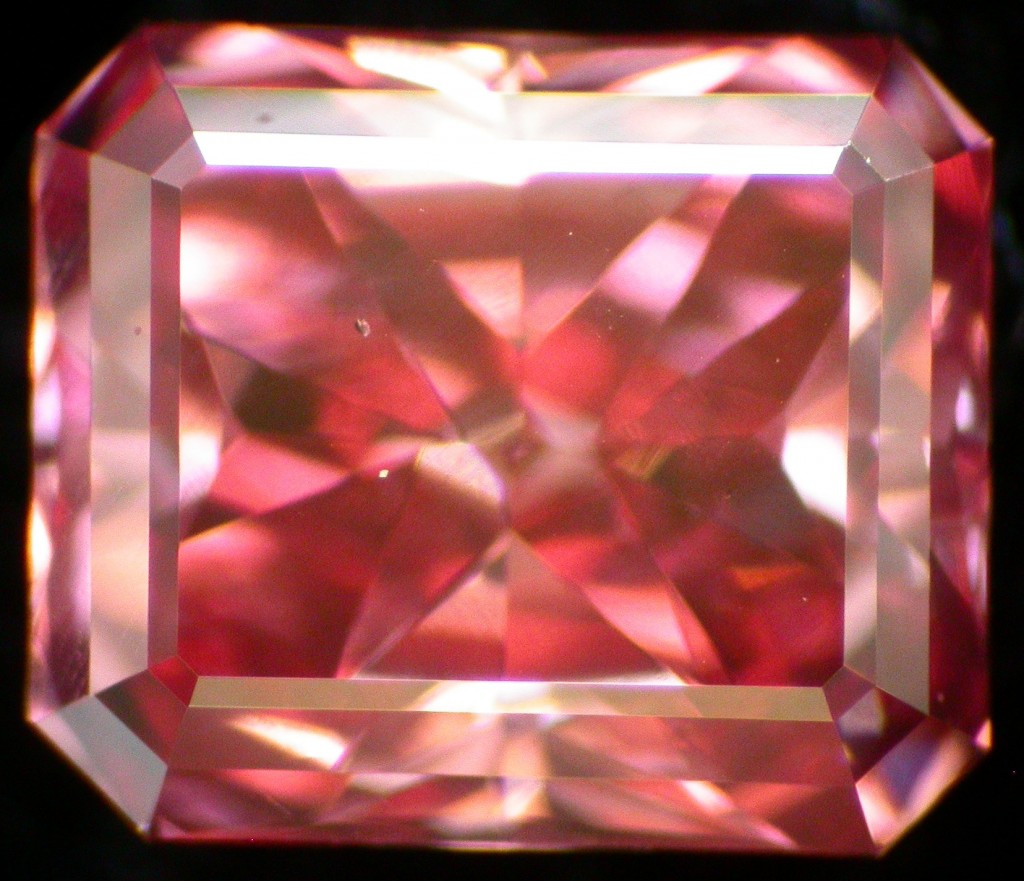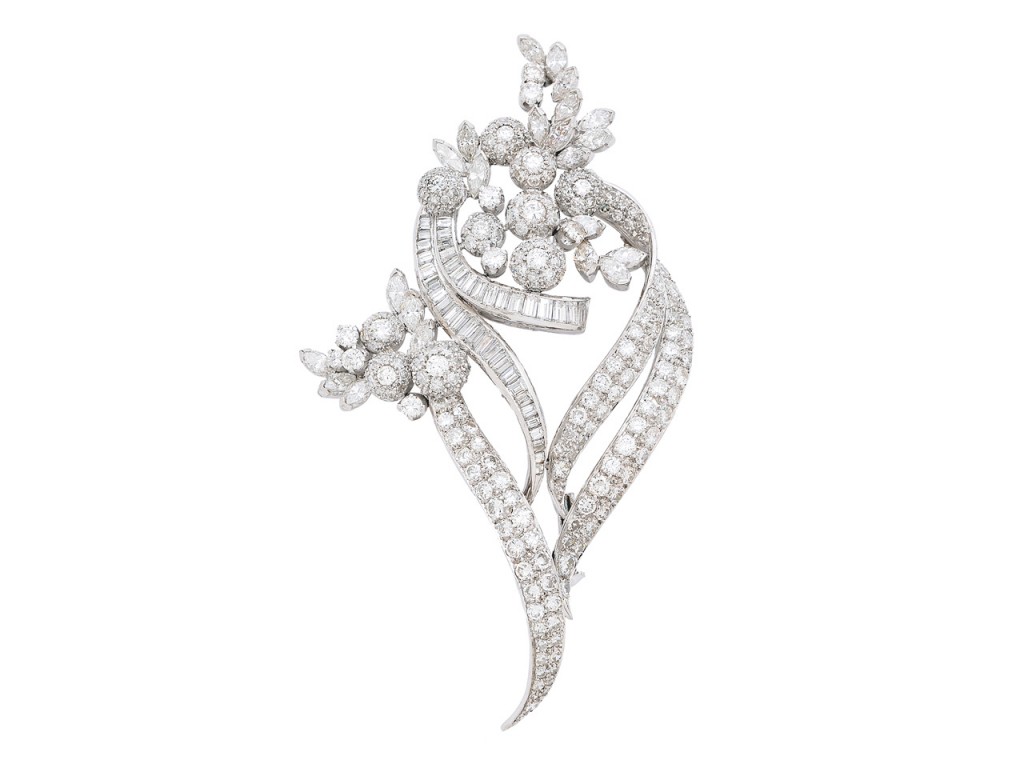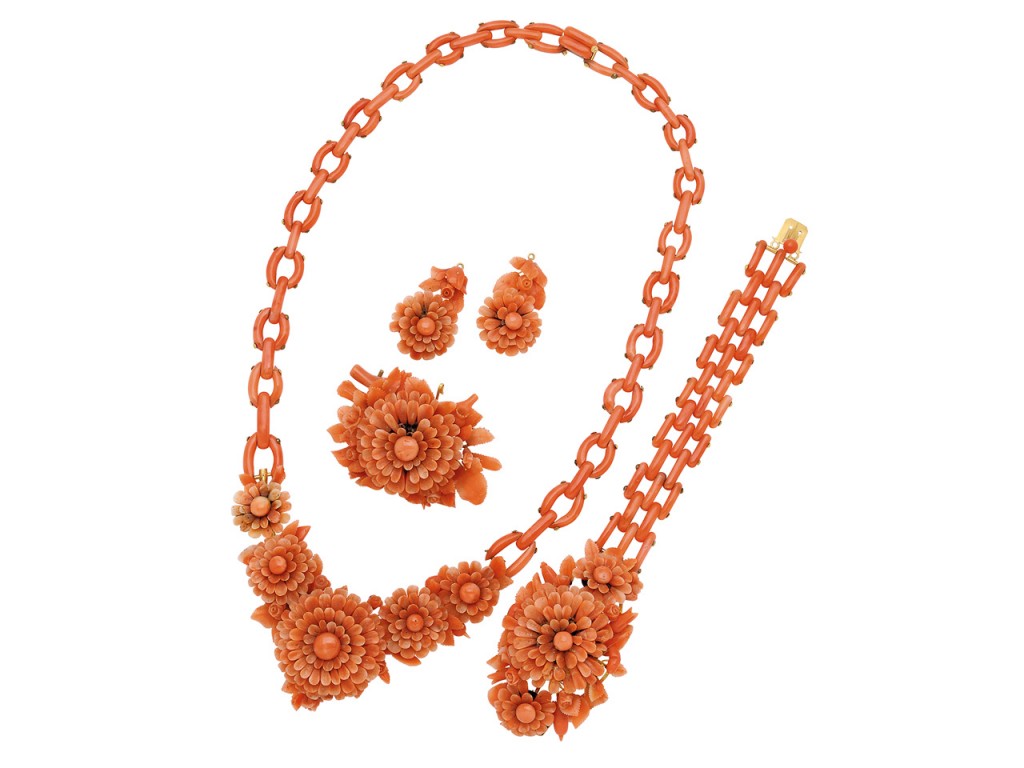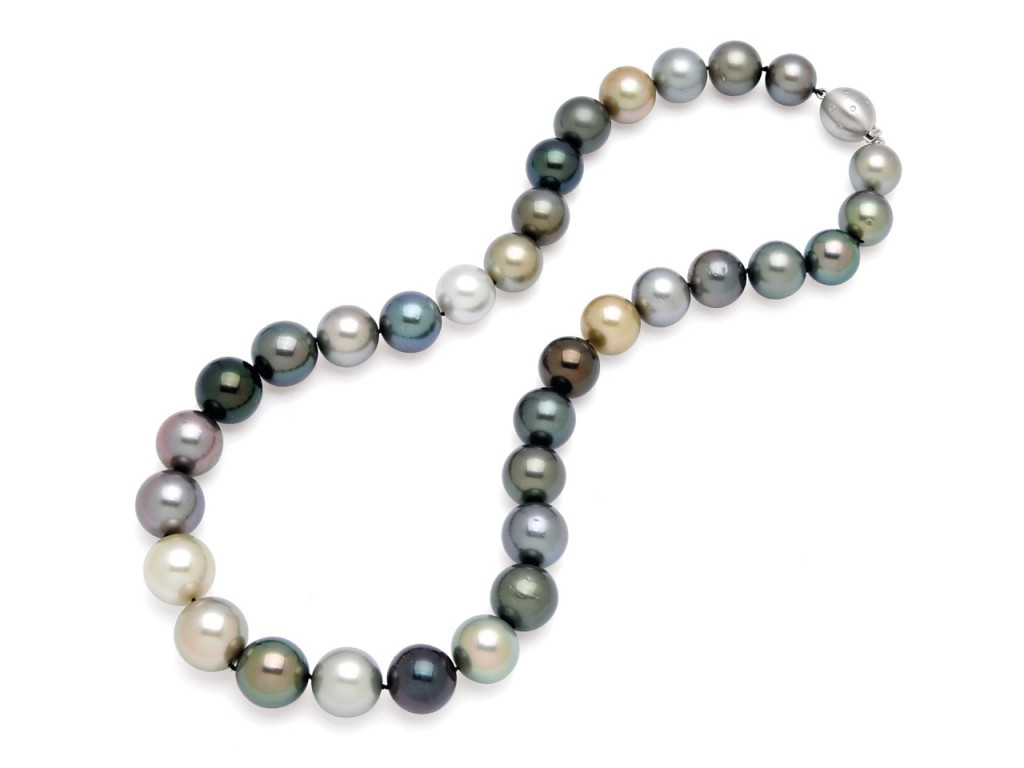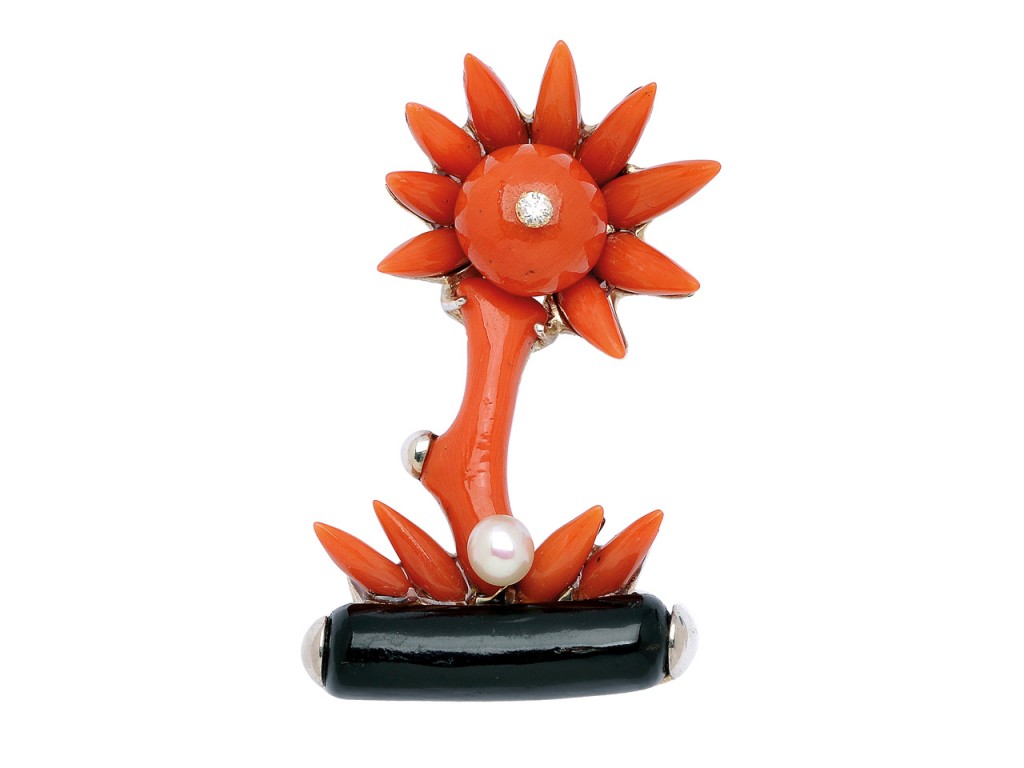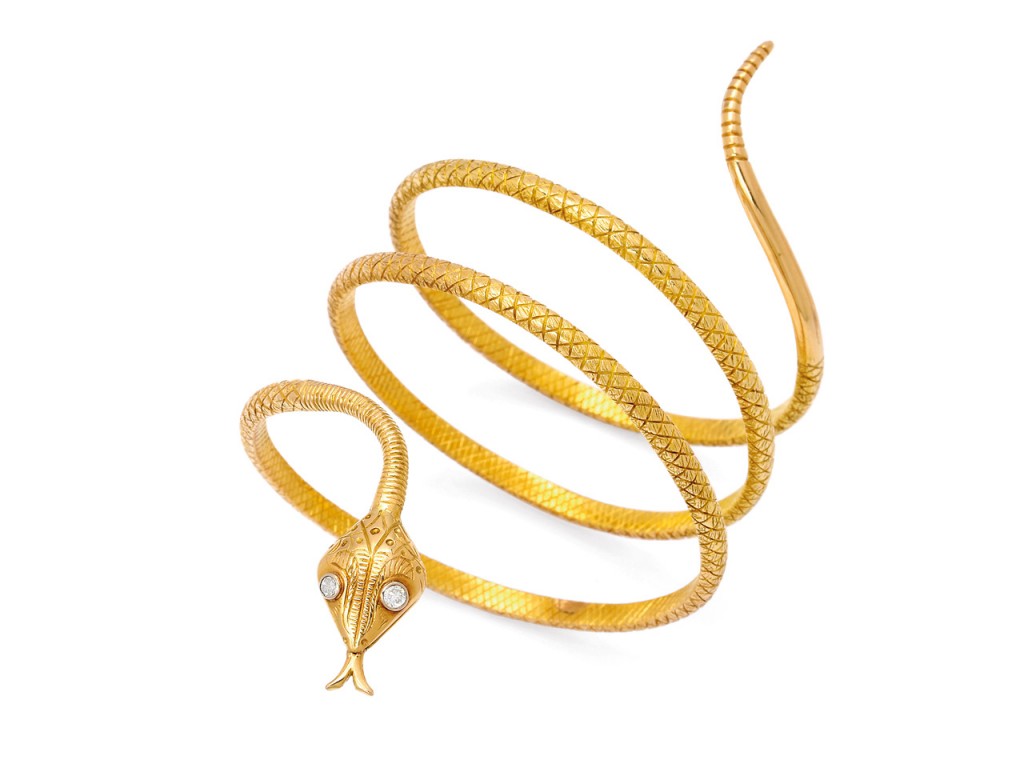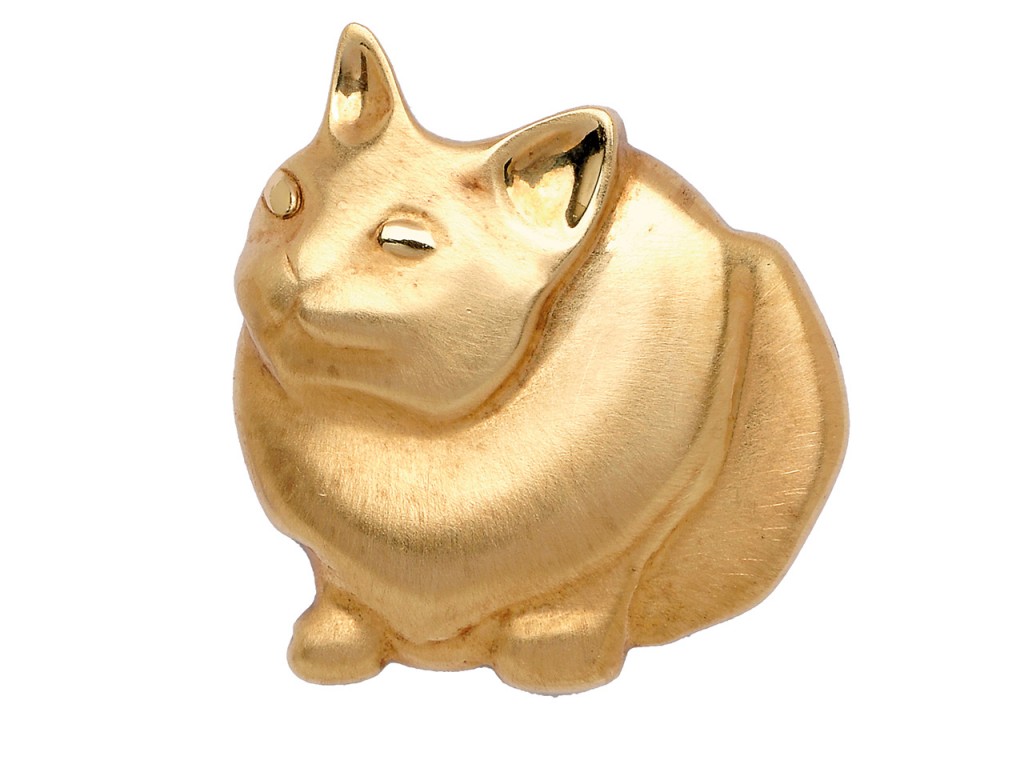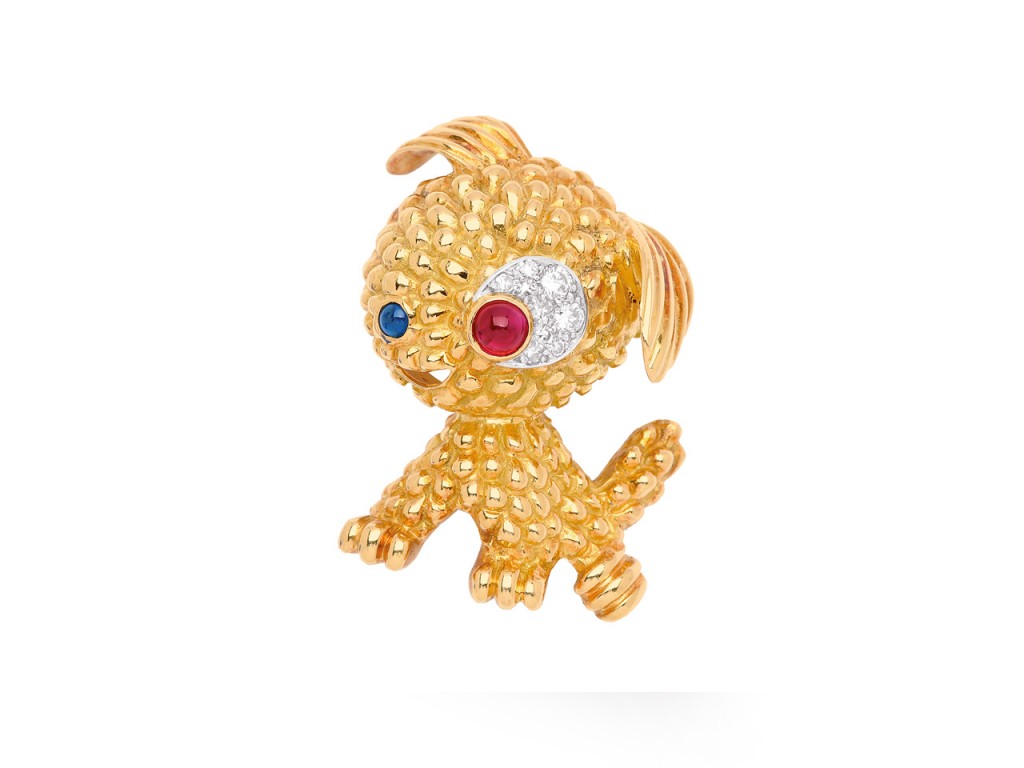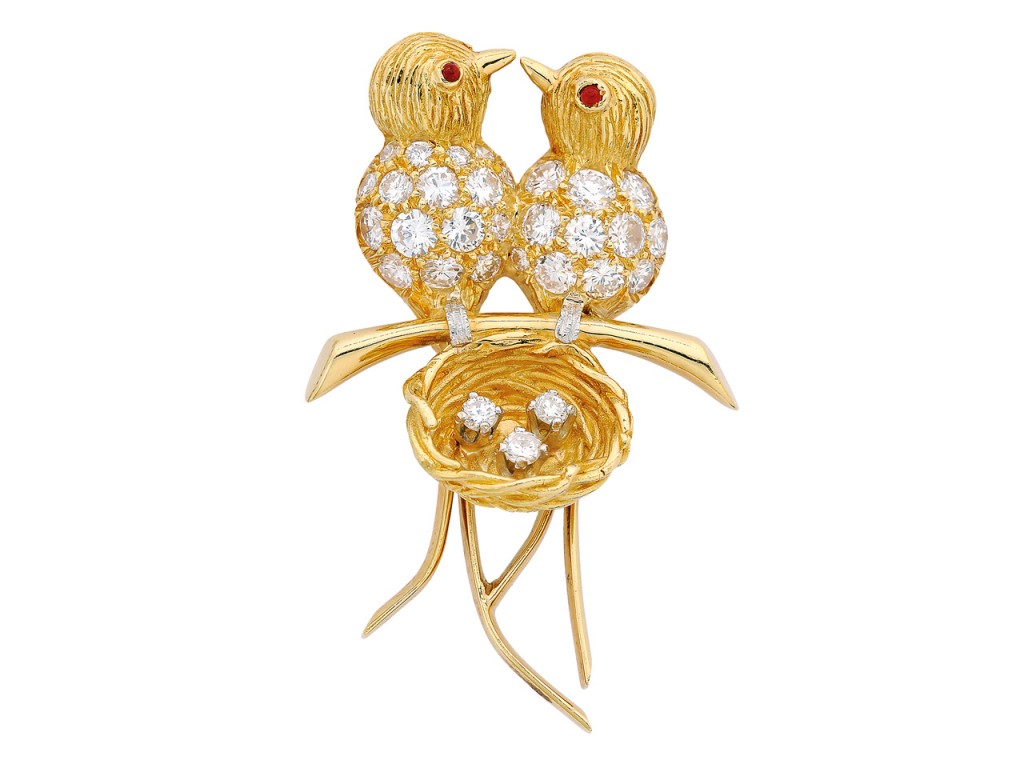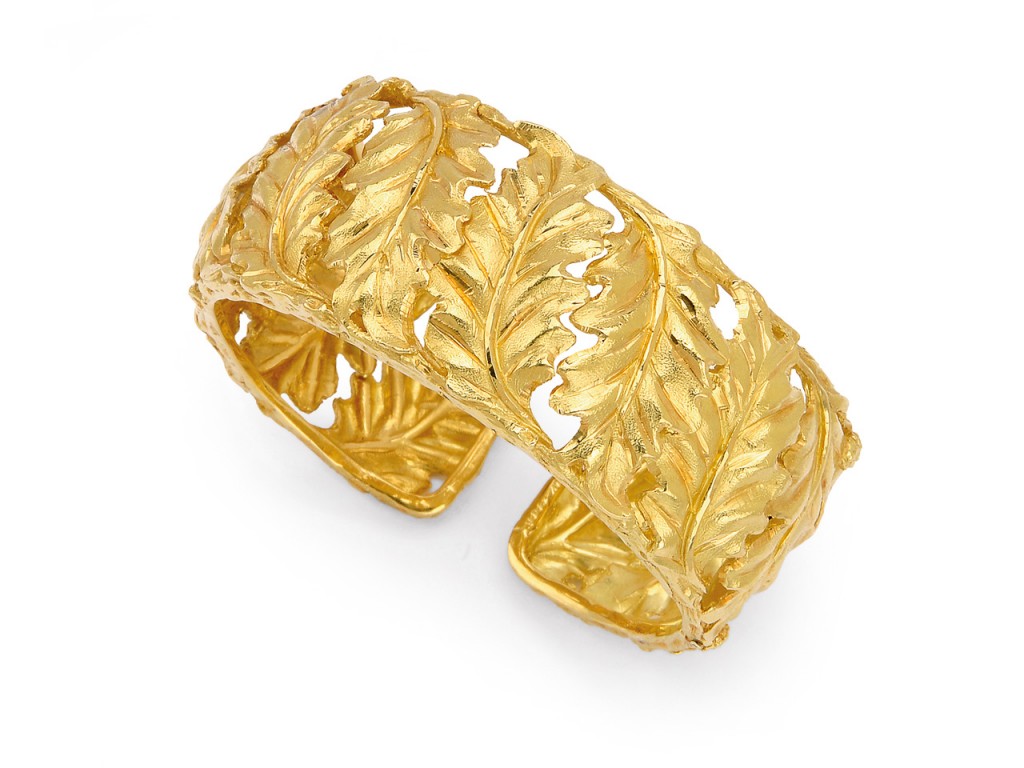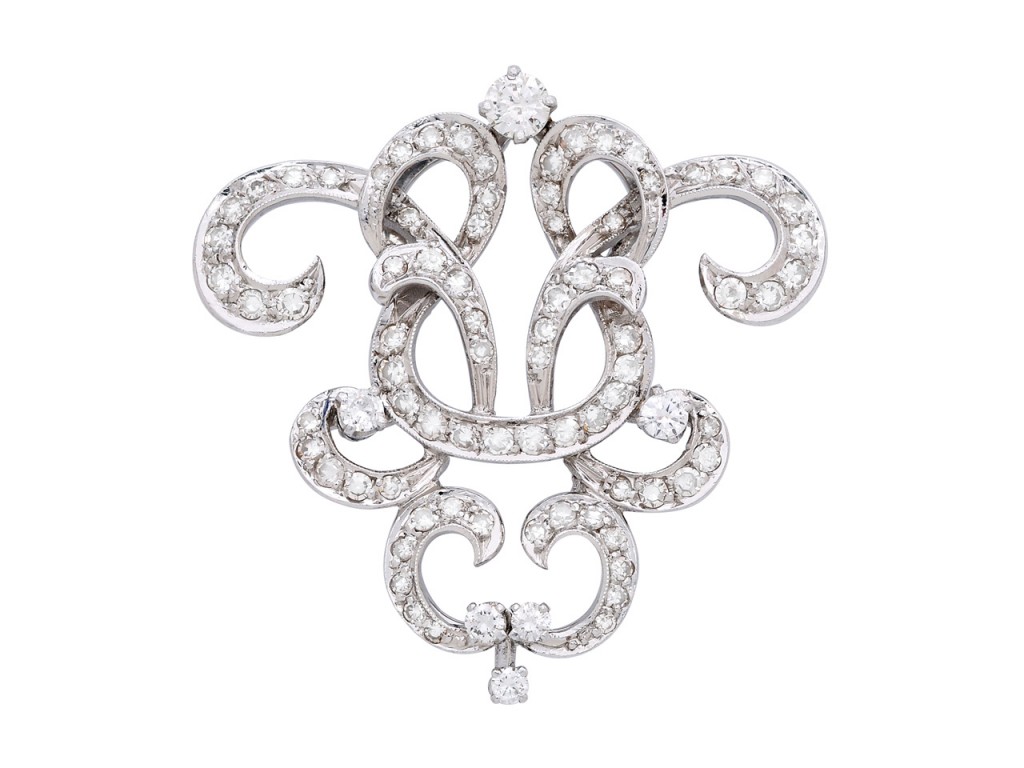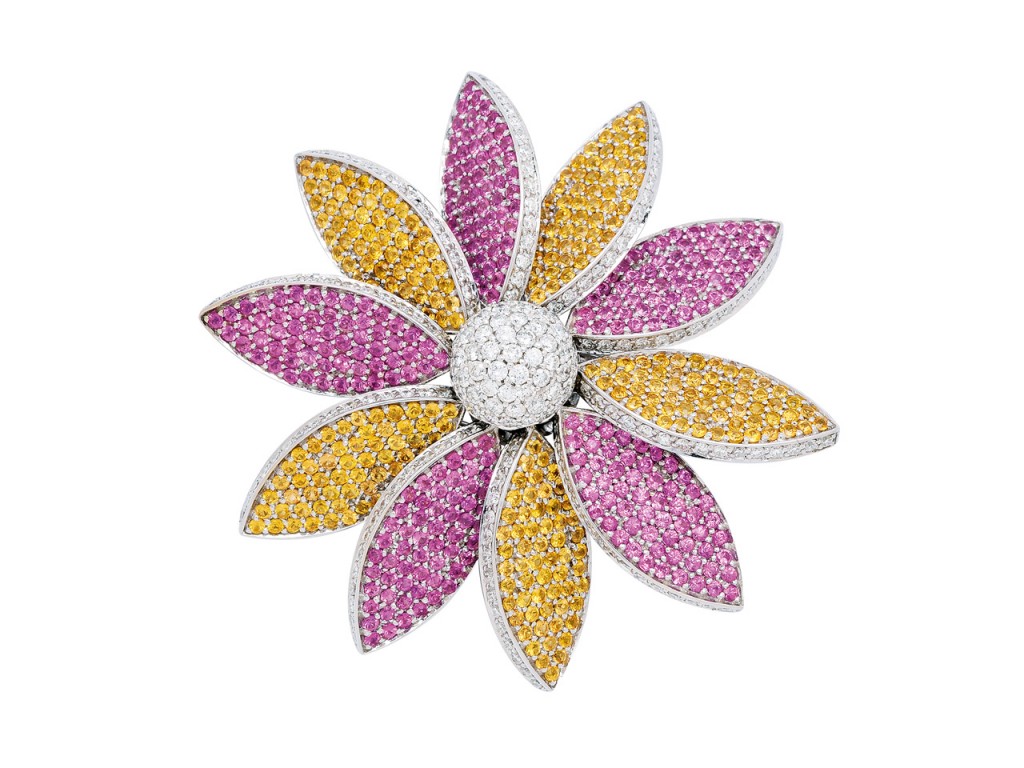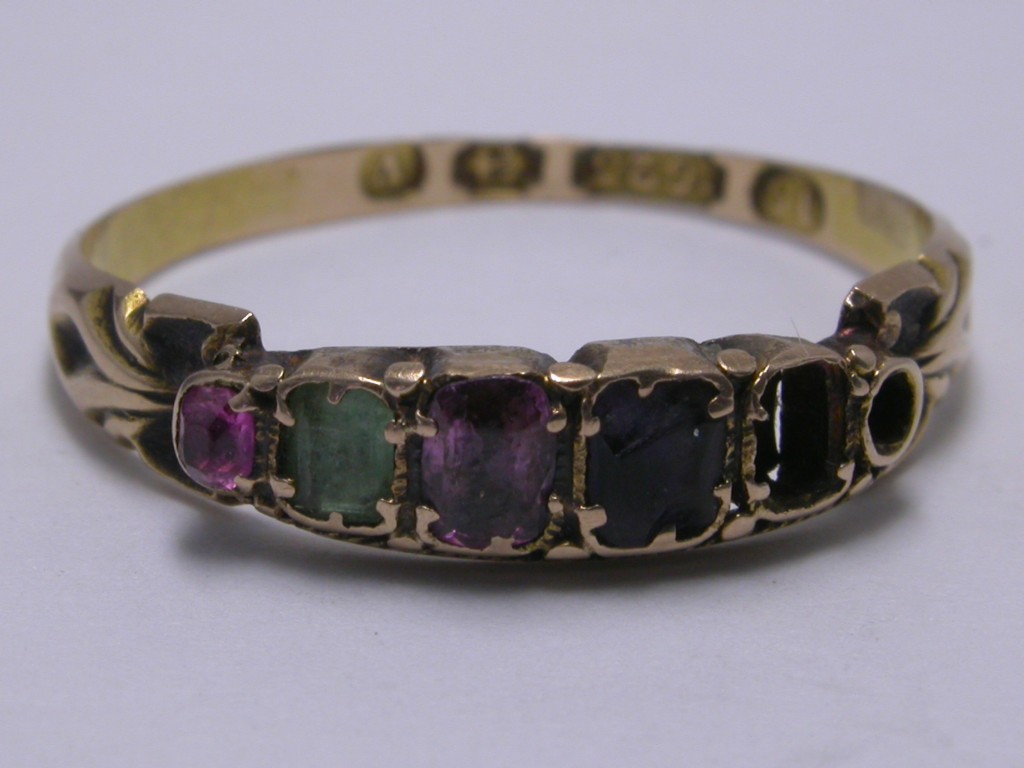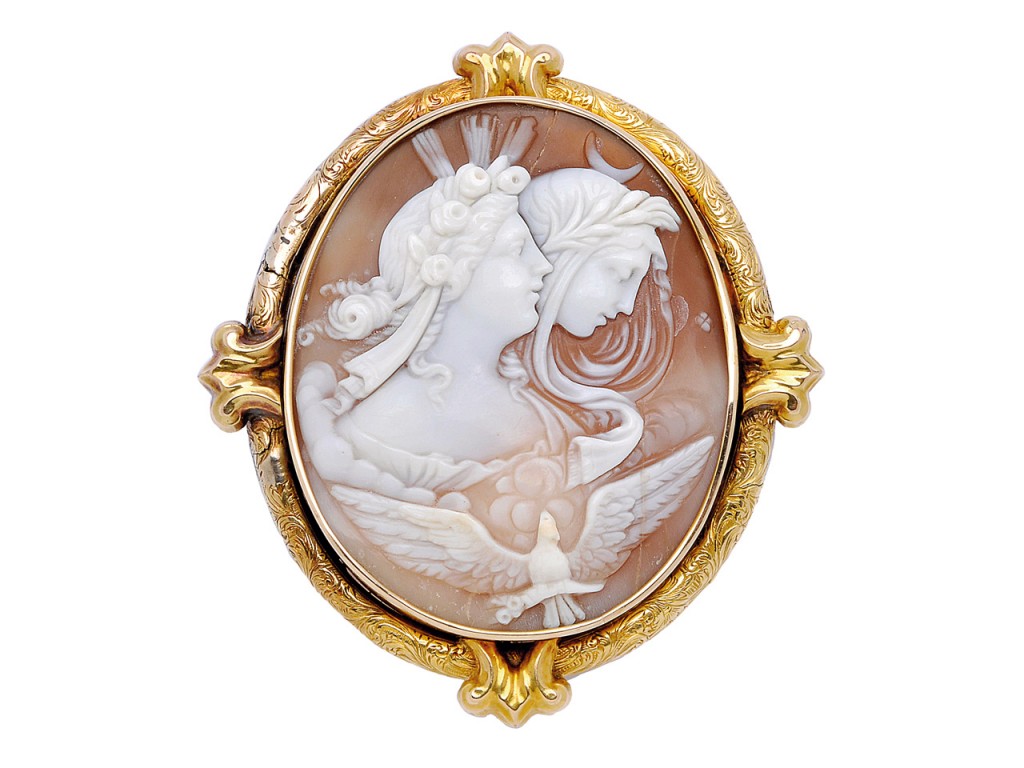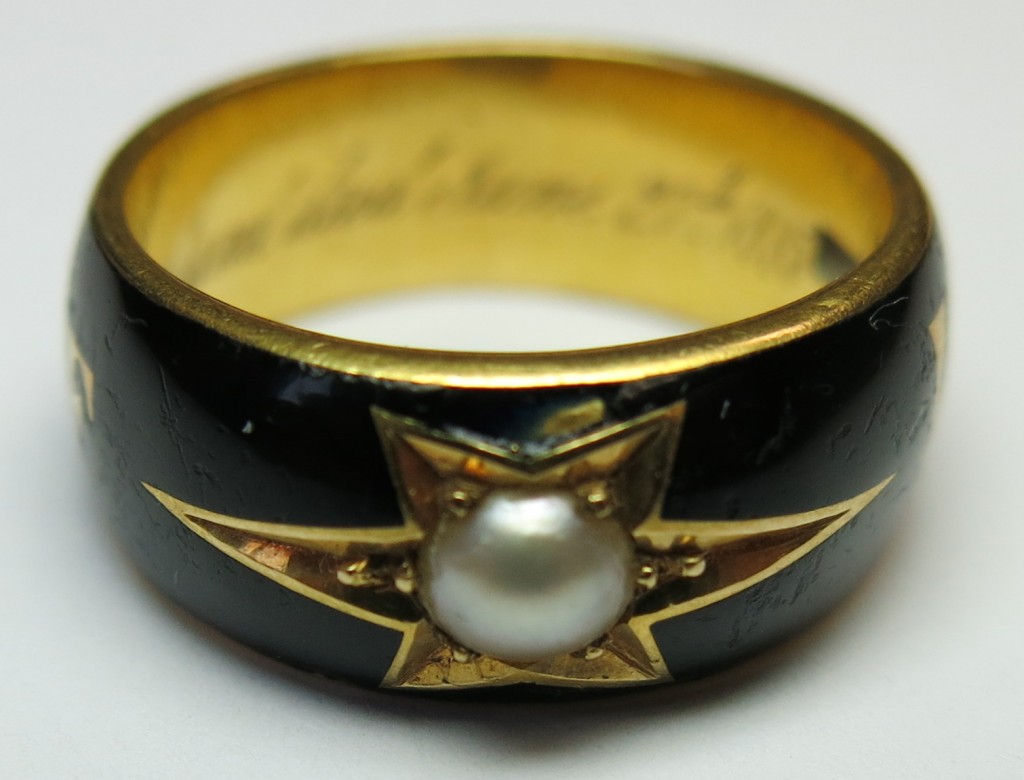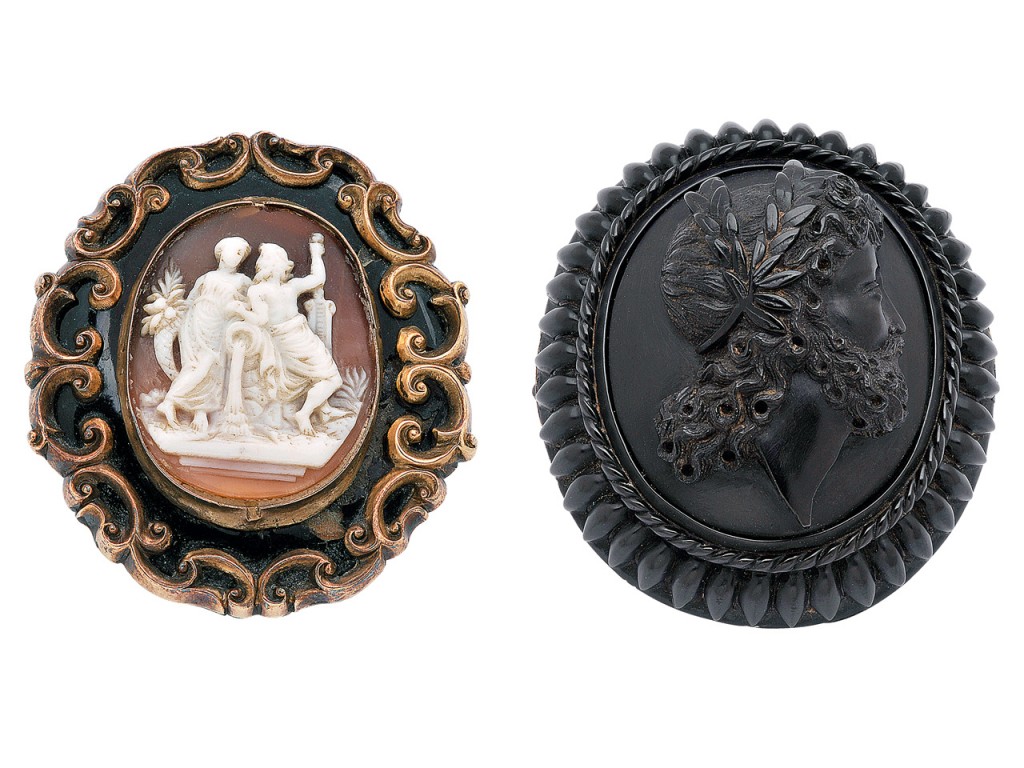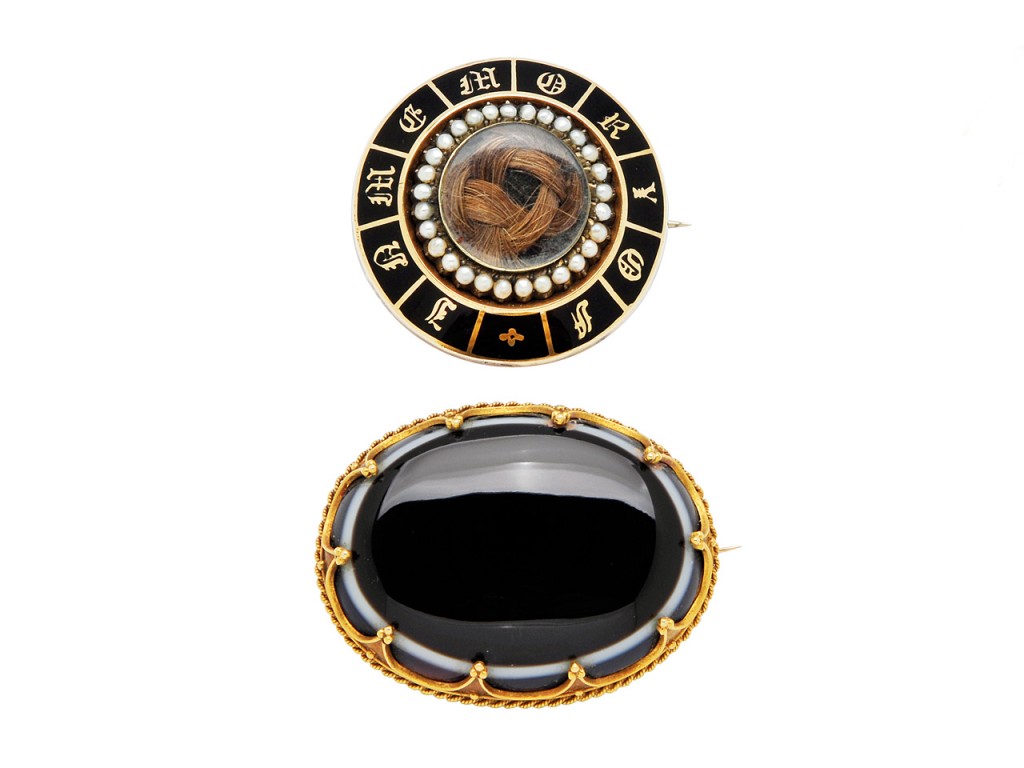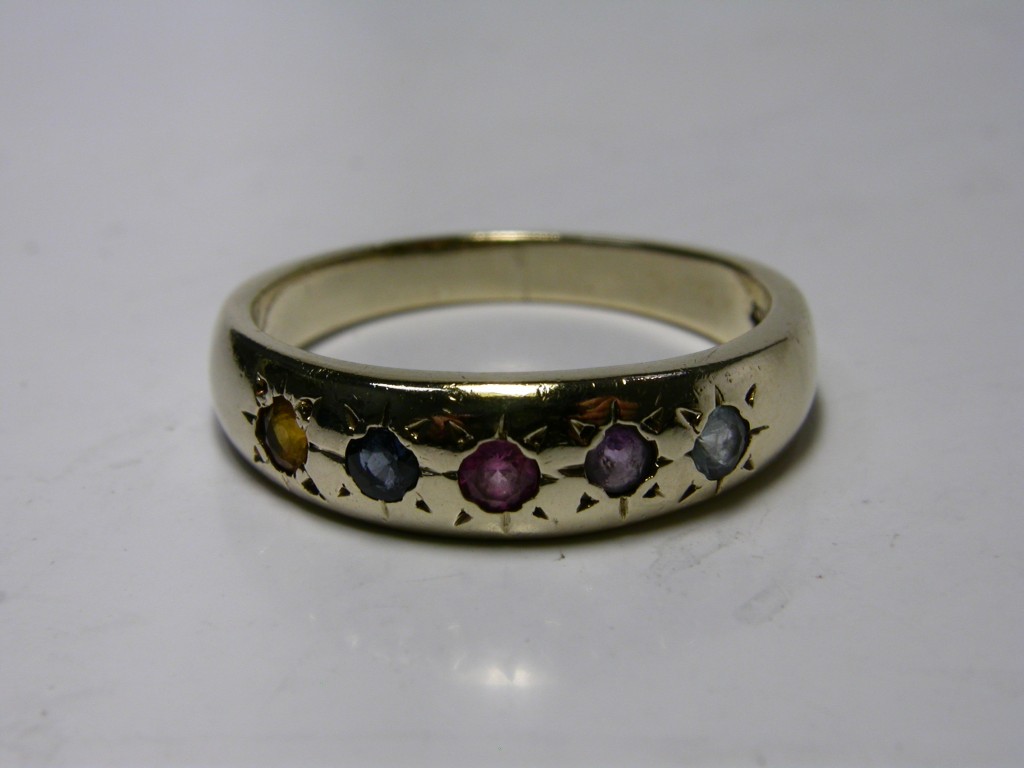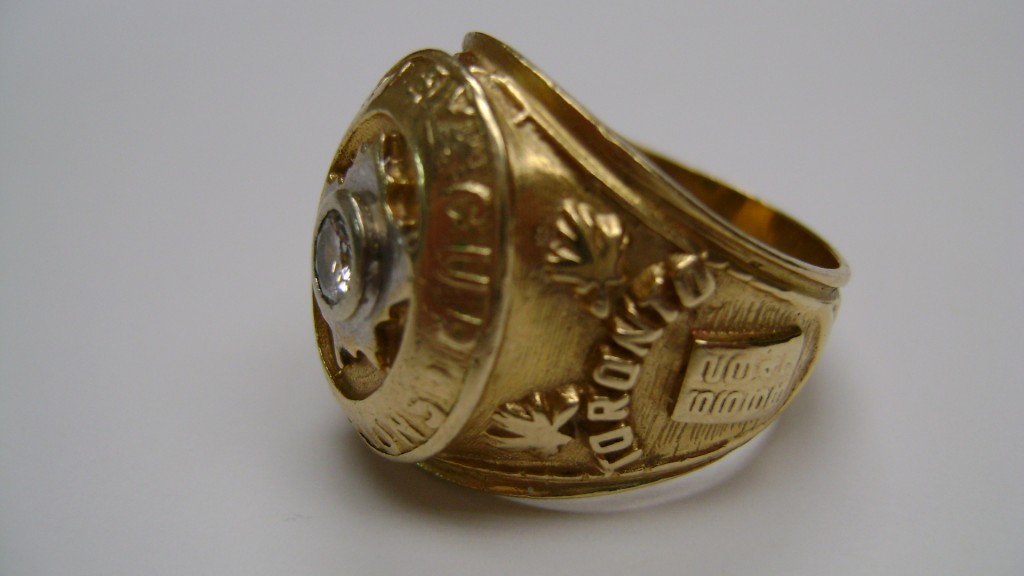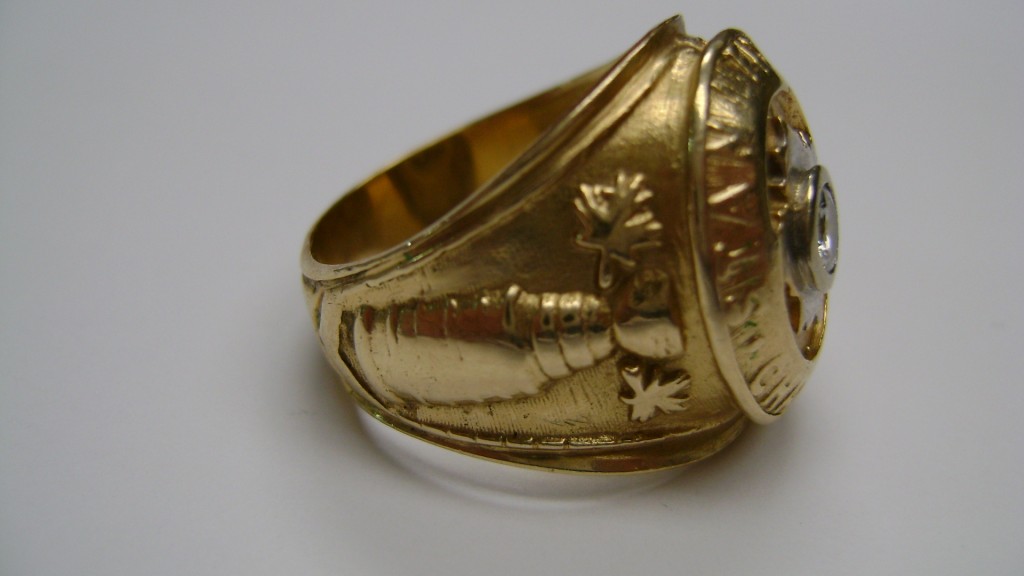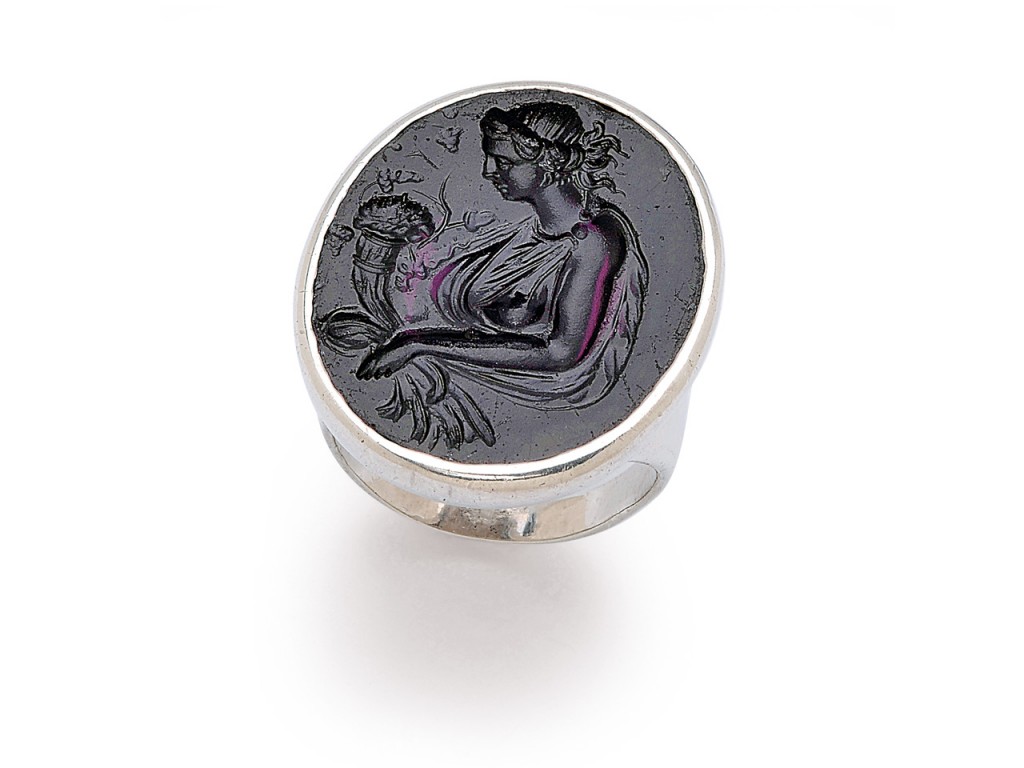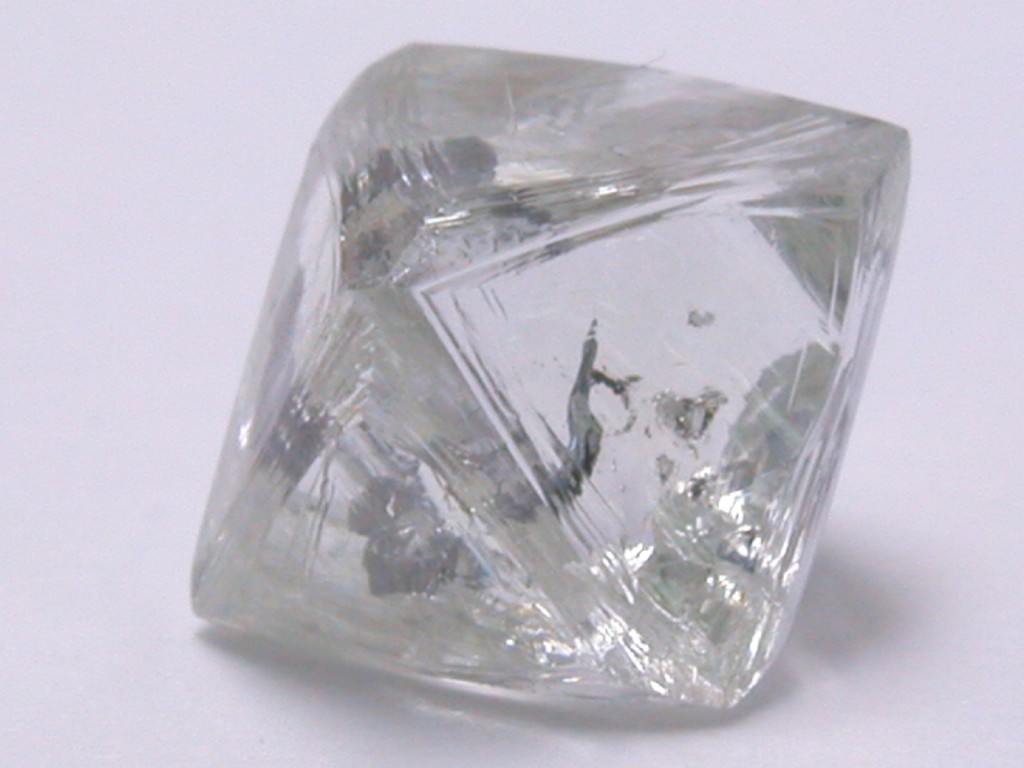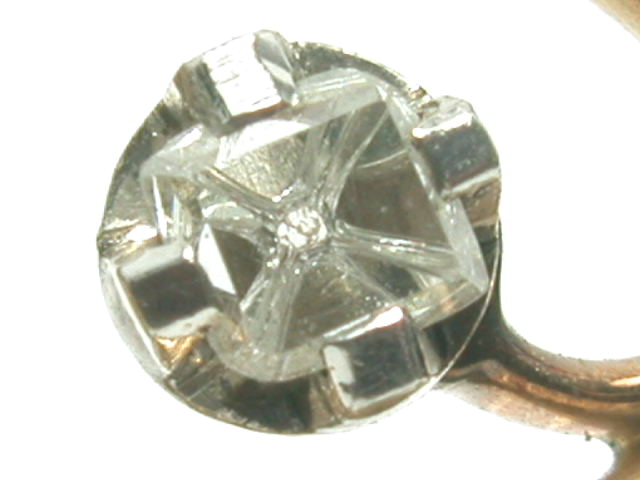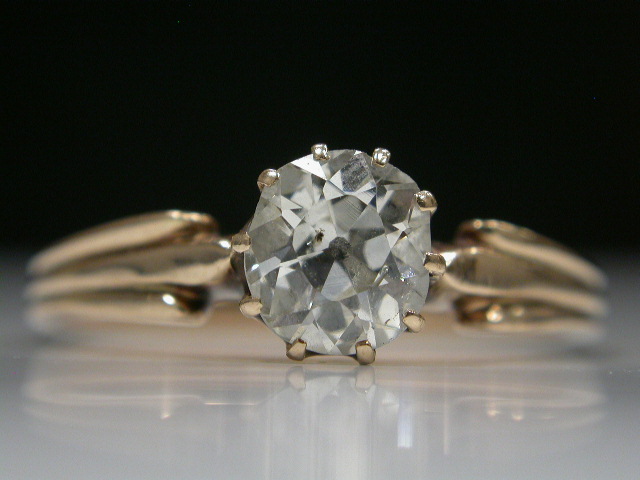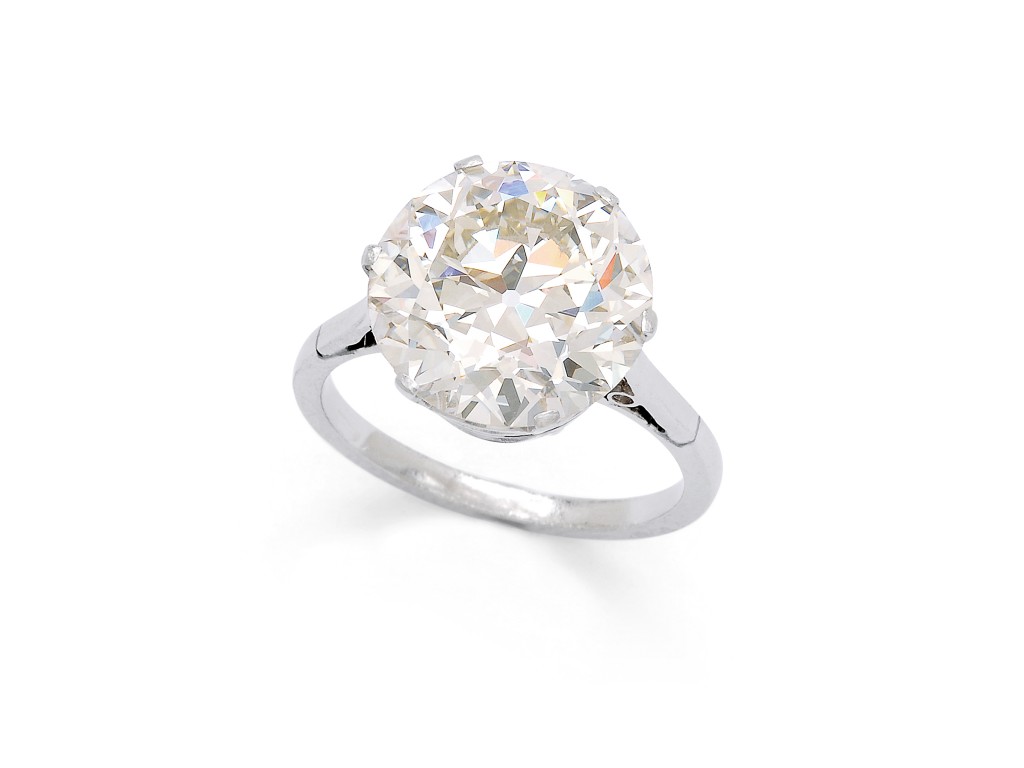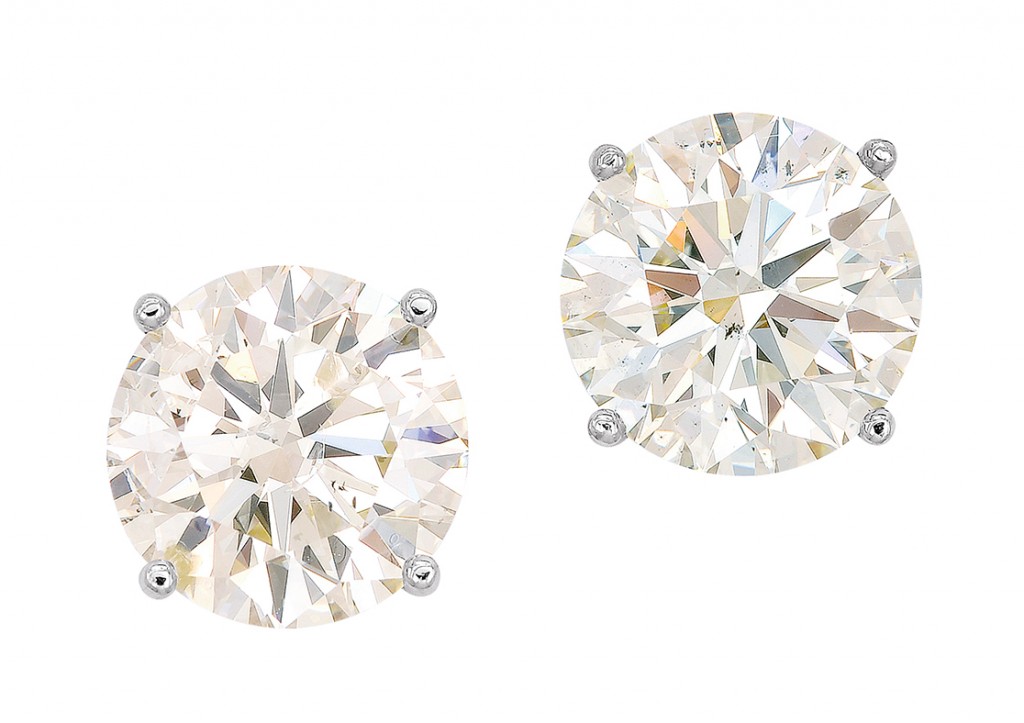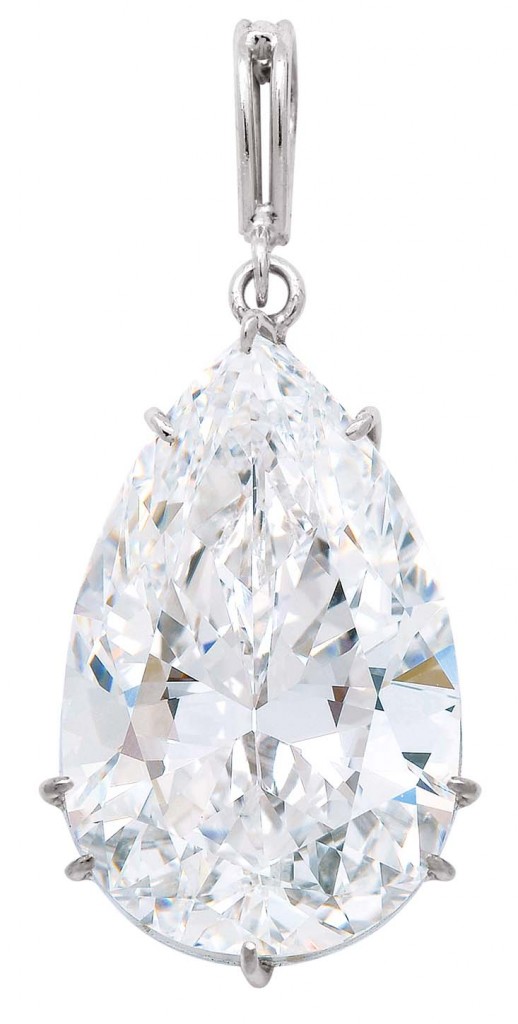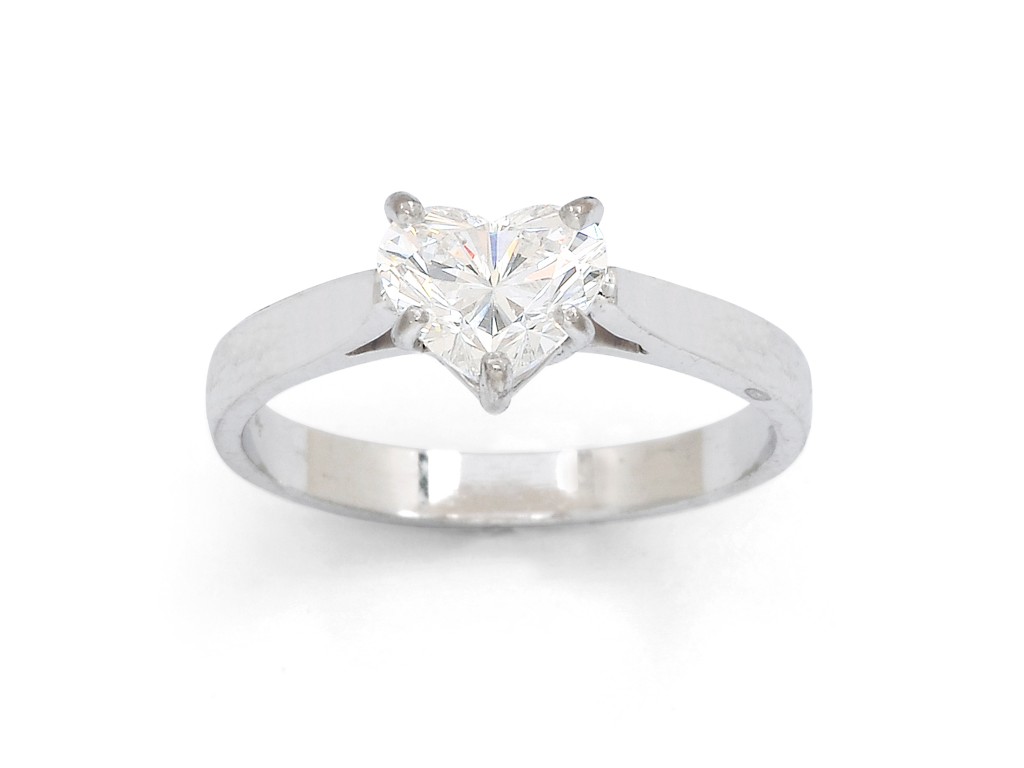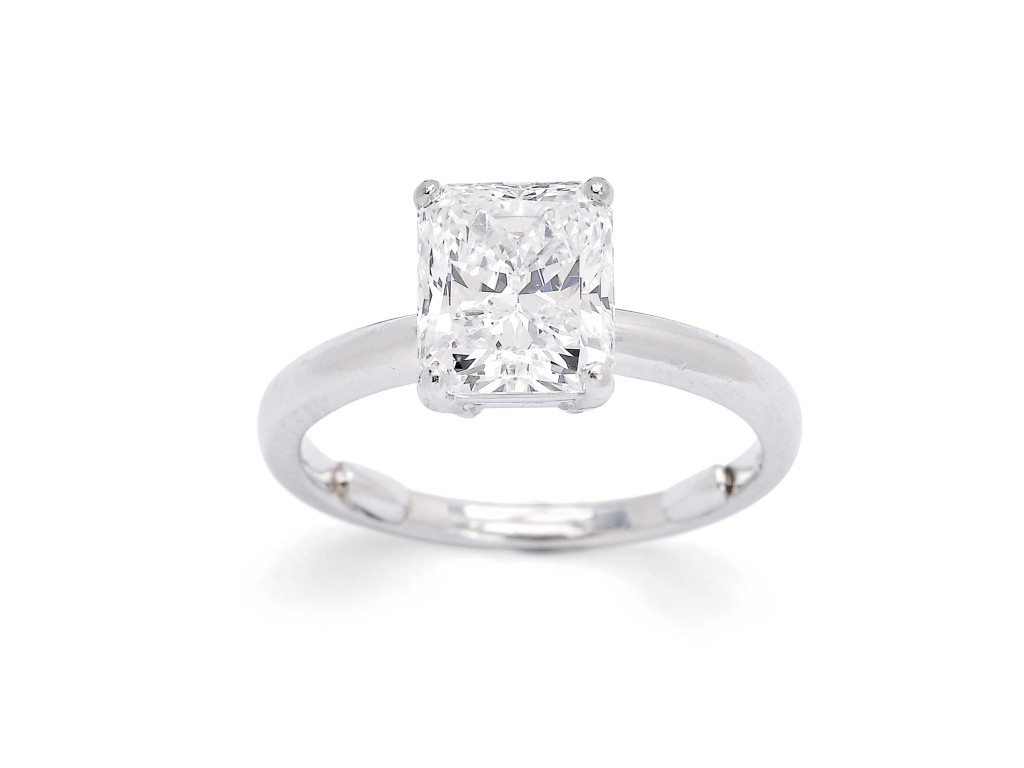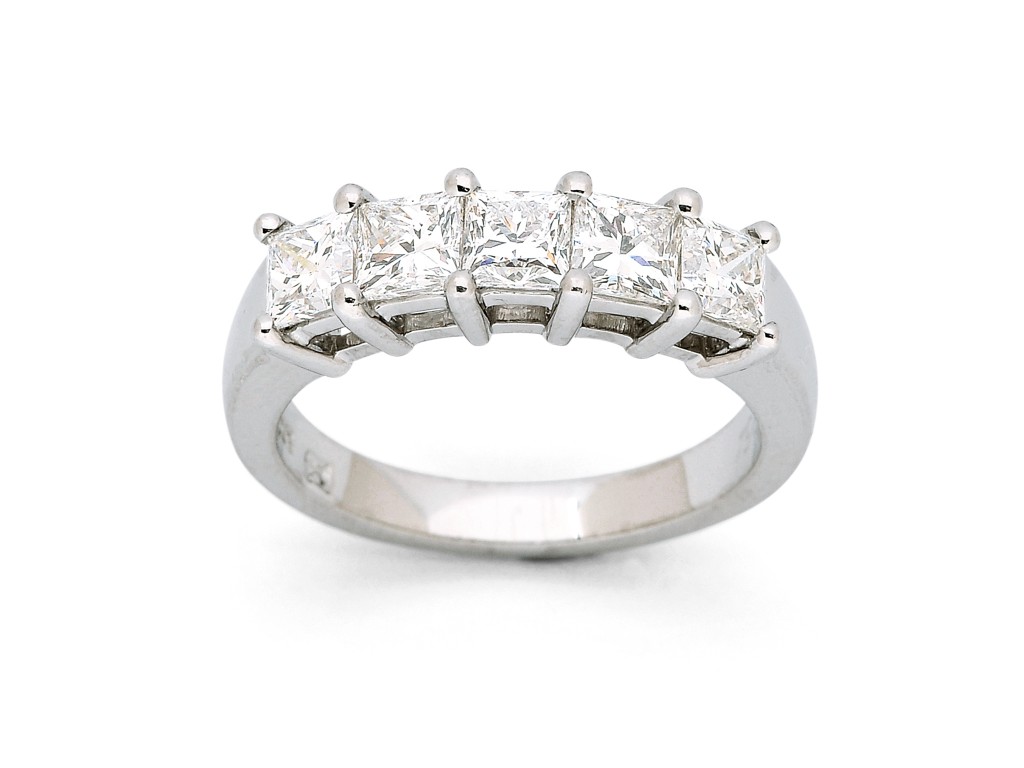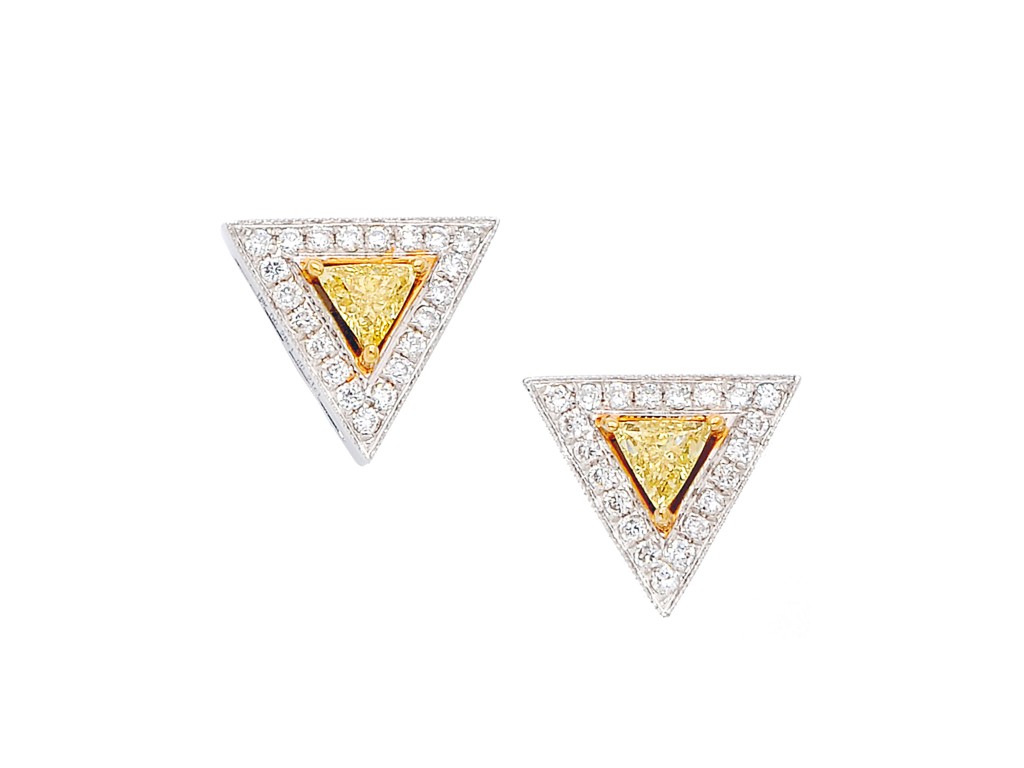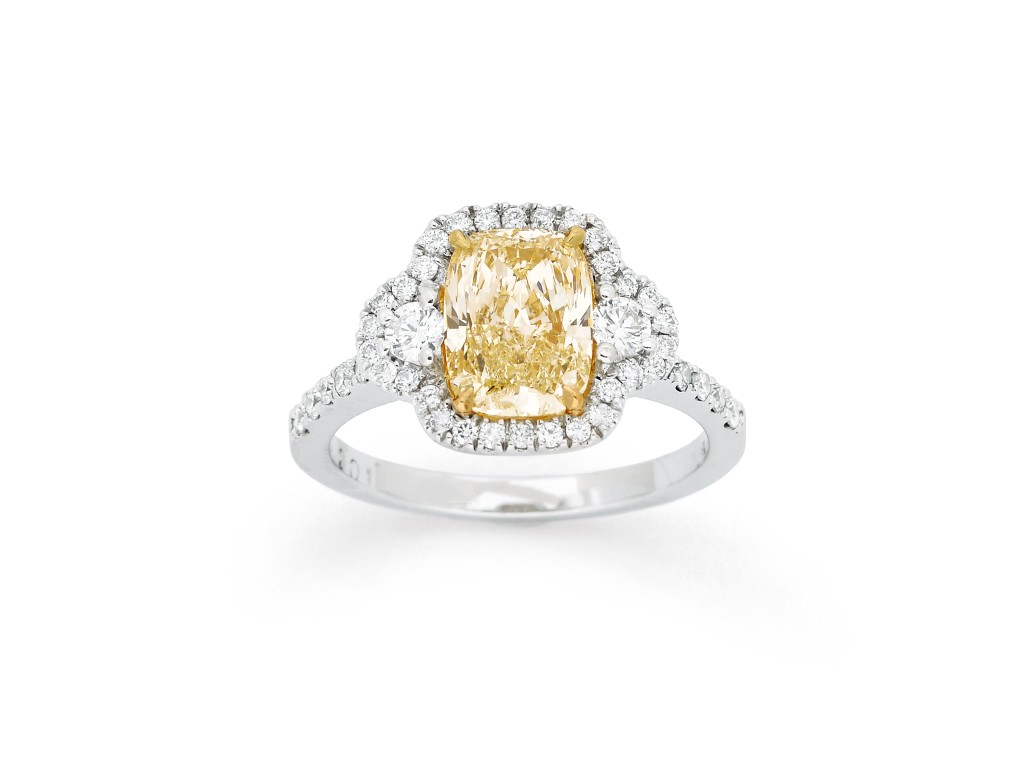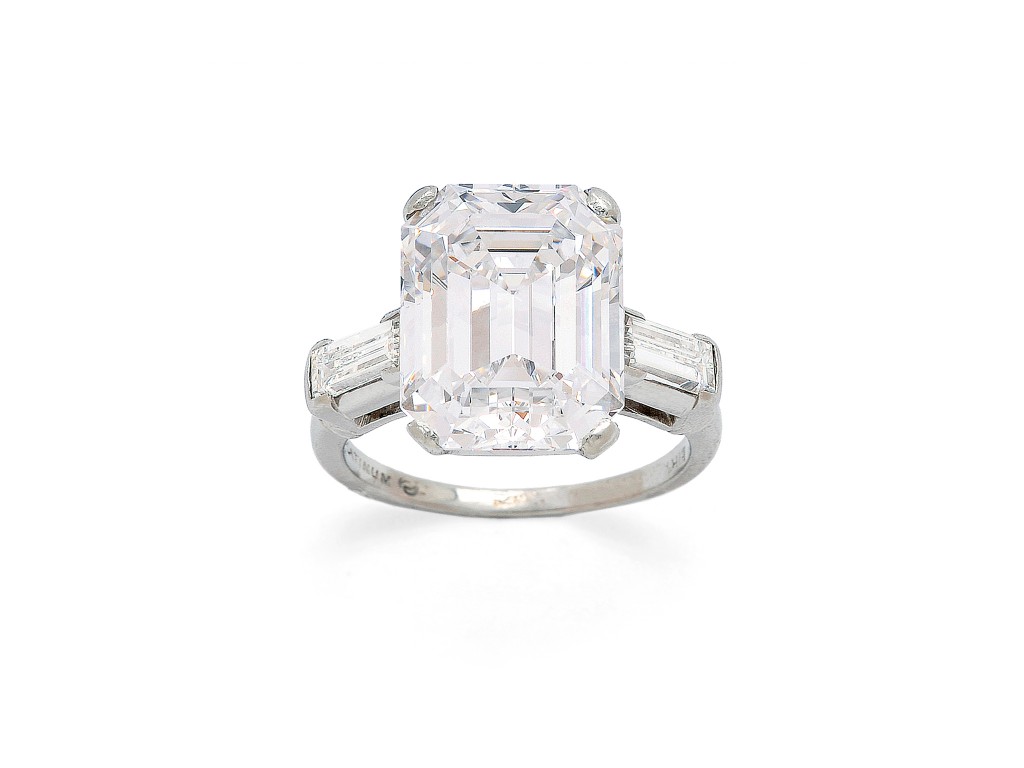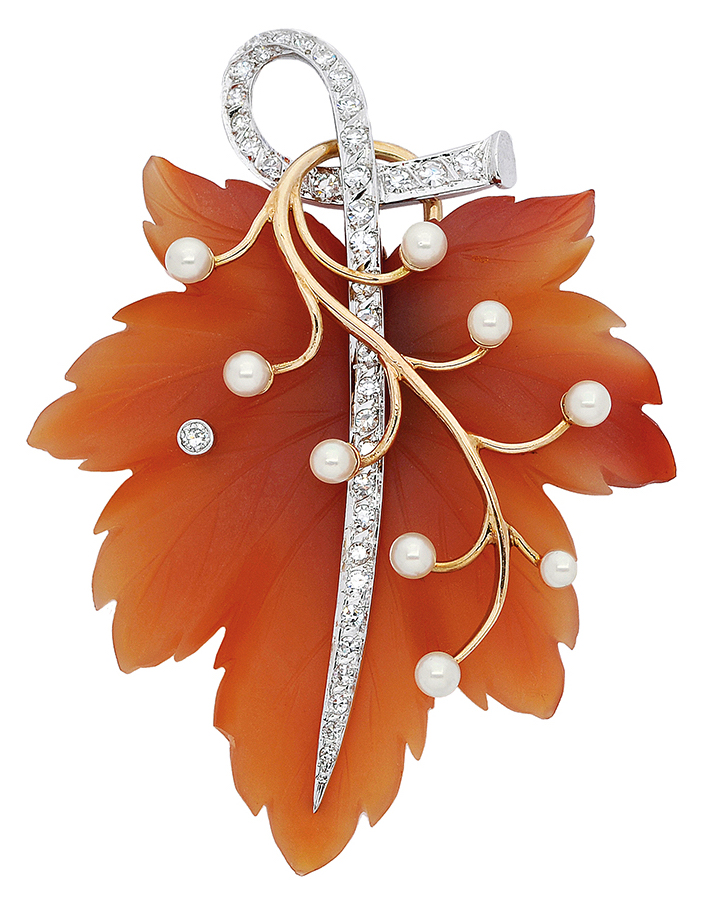
Diamonds International Award Winning Jewel, 1960, by Bick & Ostor, Montreal. Lot 297 in the Dupuis Fall 2015 Auction
JEWELLERY DESIGN
Jewels are small works of art. Each is designed and planned by an artist who has the ideas to create a small wearable artwork. Jewellery design competitions are a place for artists to shine. The designer uses precious materials and creativity to produce a jewel that makes us sit up and pay attention.
INSPIRATION for Award Winning Jewels
Award winning jewels are the result of the artist’s imagination, plus competition guidelines, and materials that provide inspiration.
A designer will have their own ideas and style that set their jewel apart from the competition. There are judges for competitions who will decide which designs stand above the rest. Those selected will be featured as the award winning jewels.
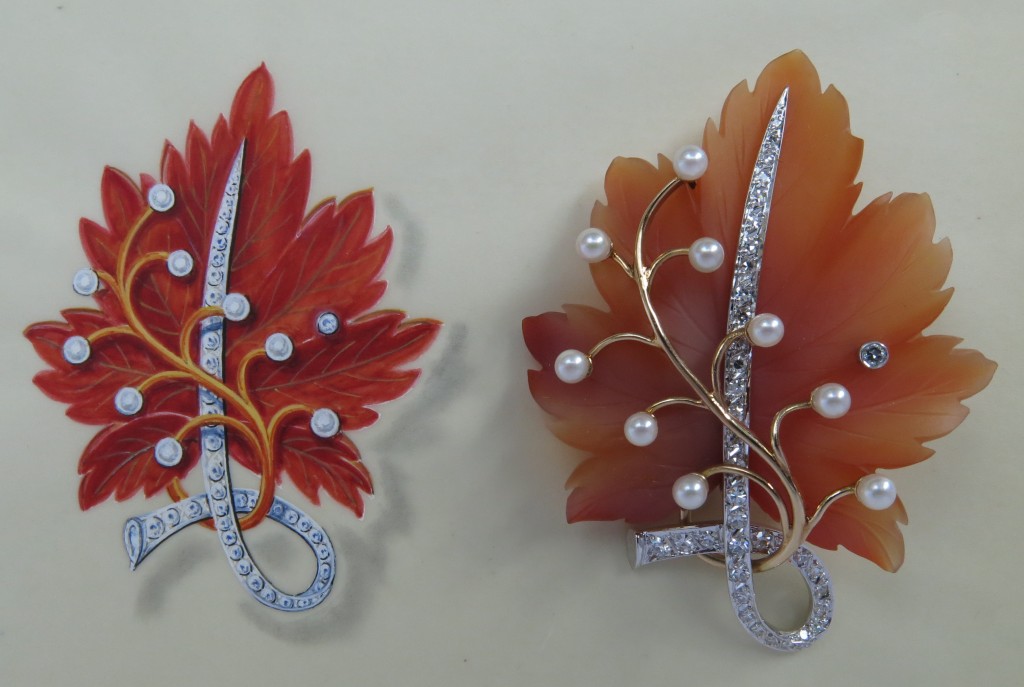
Original Watercolour Rendering (Left), and the Finished jewel (Right), Diamonds International Winner, 1960, by Bick & Ostor, lot 297, Dupuis Fall 2012 Auction
COMPETITION
Jewellery designers will use competitions to express themselves in ways that may not be possible in day to day work. It is a little like clothing design: Runway fashion shows express the pure art of the designer, but may not show the regular day to day designs. Award winning jewels will be one-of-a-kind, and use the finest materials and artisanship.
Many industry groups hold design competitions. The jewellery world has these contests in many specialty areas.
The American Gem Trade Association (AGTA) has the annual “Spectrum Competition” for designs featuring coloured gemstones. AGTA Spectrum Awards

Cultured pearl brooch, Lot 338, sold in the Dupuis Fall 2012 Jewels Auction, was an Award Winner in a Pearl Jewel Design Competition
The Cultured Pearl Association of America selects award winning jewels from entrants to its competition for cultured pearl jewellery design. Cultured Pearl Association of America design awards
DIAMONDS INTERNATIONAL Award Winning Jewels
The BIG one in the world of international jewellery design competitions is the Diamonds International Awards. For decades, designers from around the world have sent their best diamond jewel designs to the contest by deBeers marketing office, the “diamond is forever” people. The award winning jewels were selected by specialists, and travelled the world to show what amazing things could be done in jewels featuring diamonds.
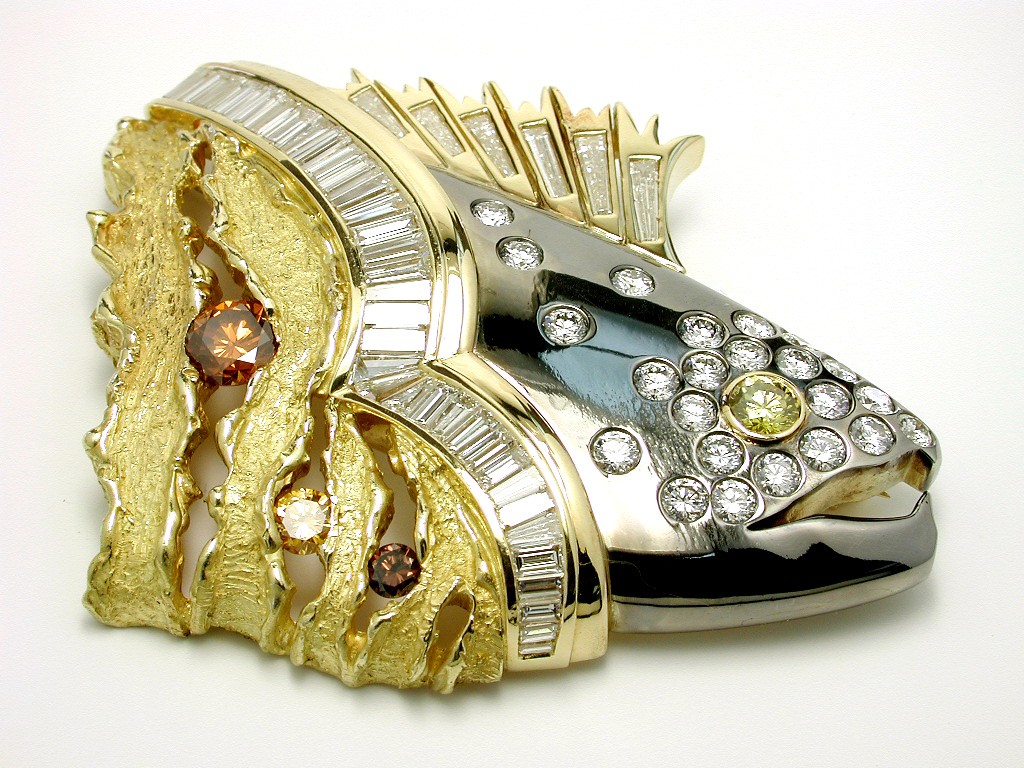
Diamonds International Award Winning Jewel by Jane Parker, 1990 (made by Birks, not sold at Dupuis Auctions)
At Dupuis, we are proud to be able to offer a Diamonds International Award winning jewel in the Fall 2015 Auction.

